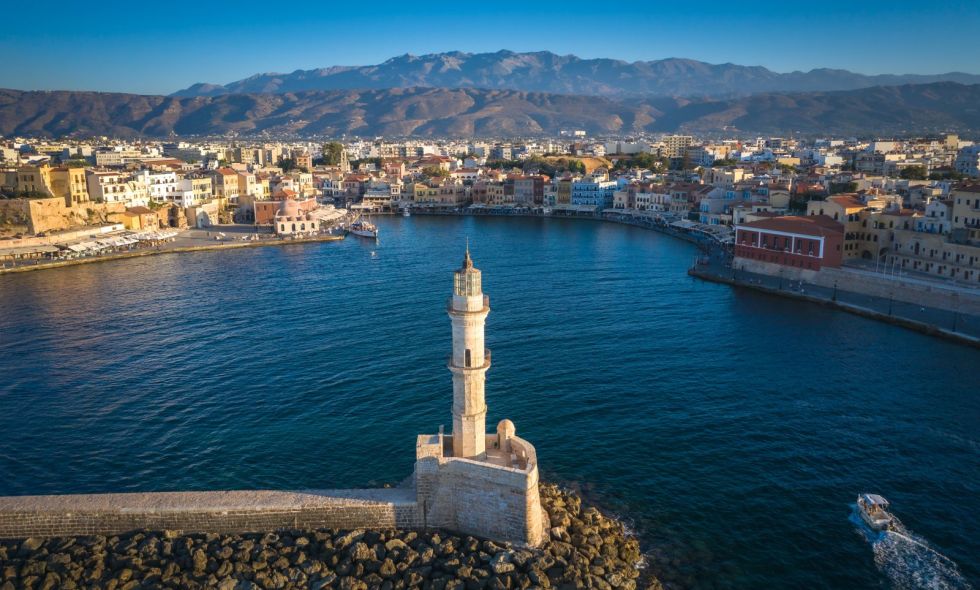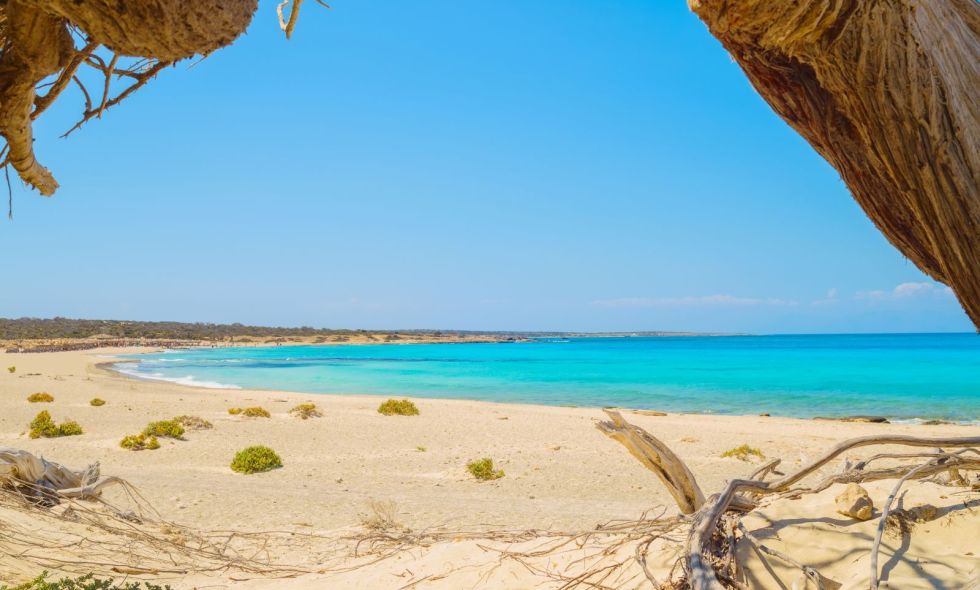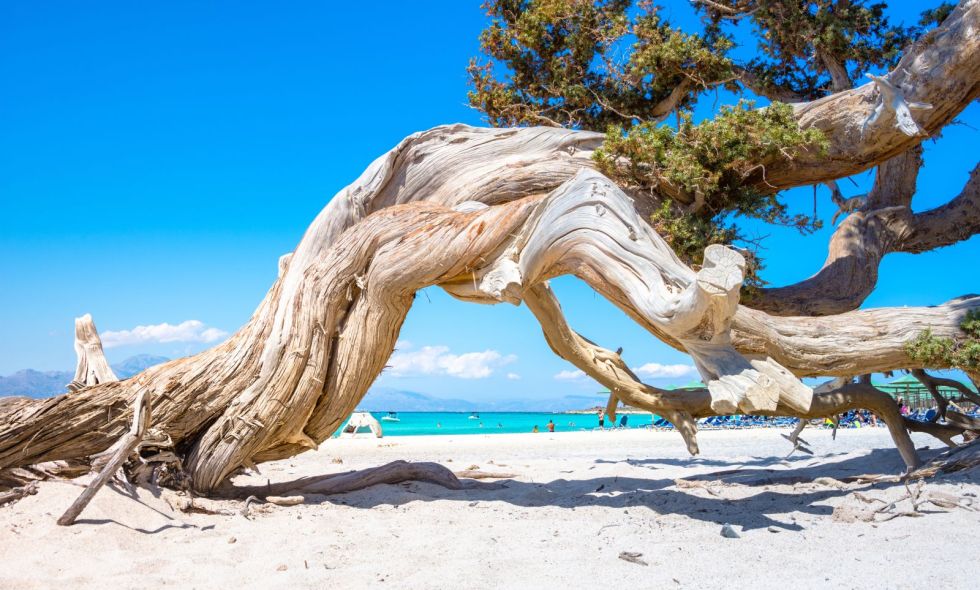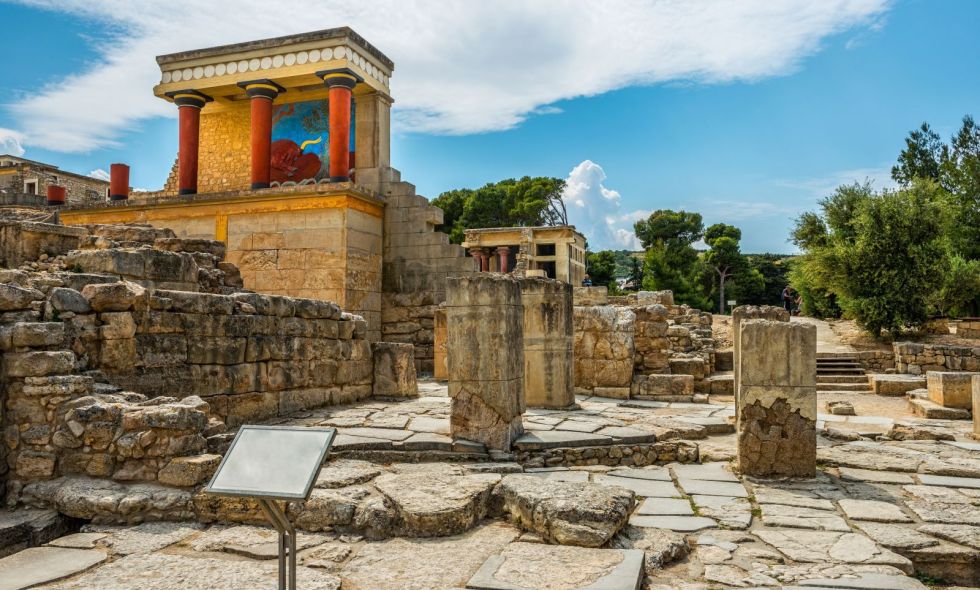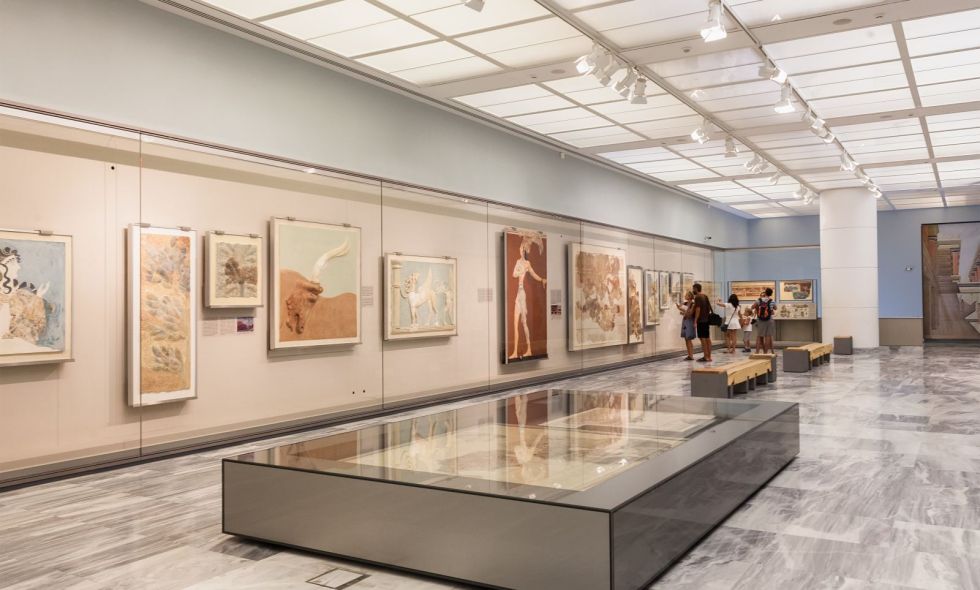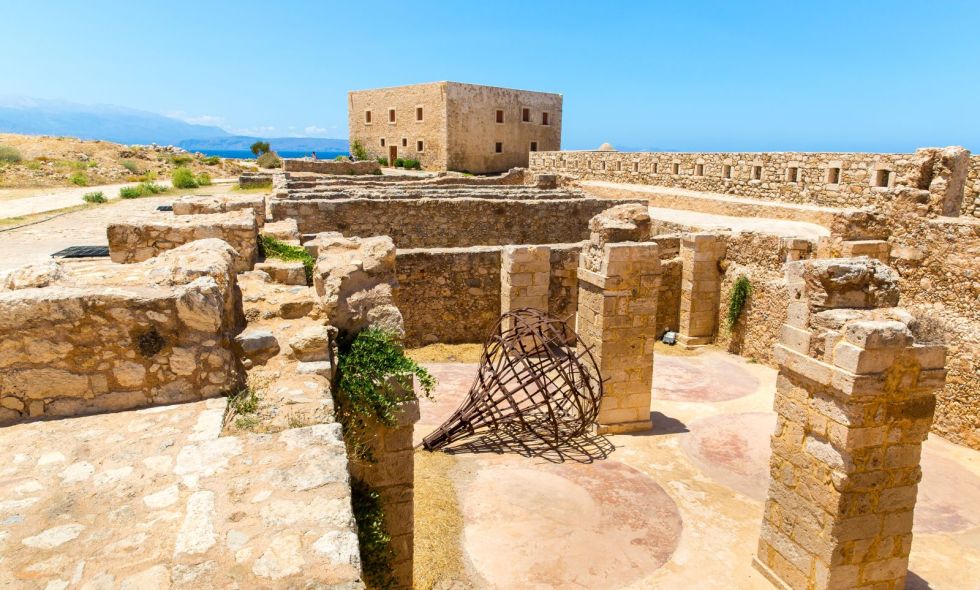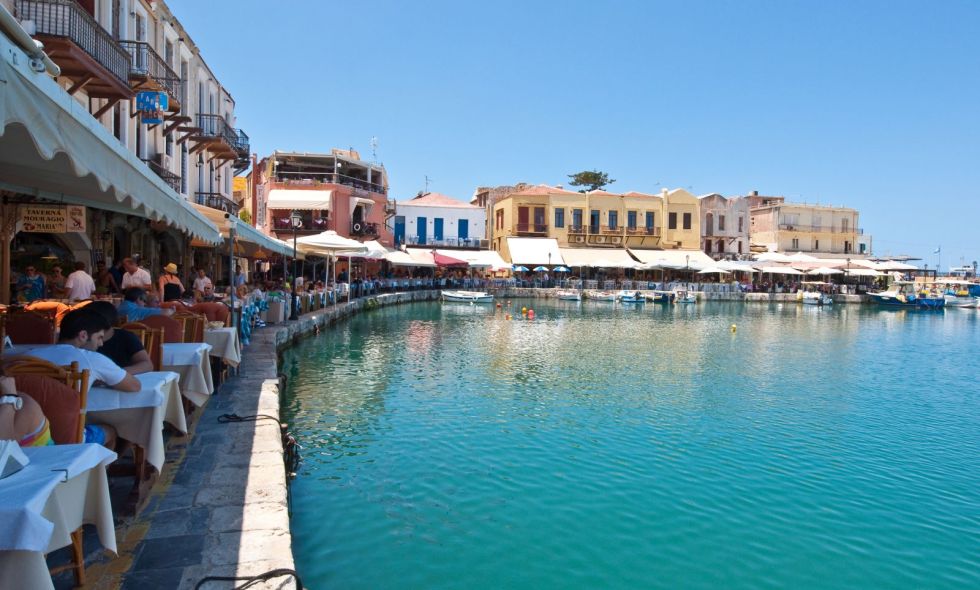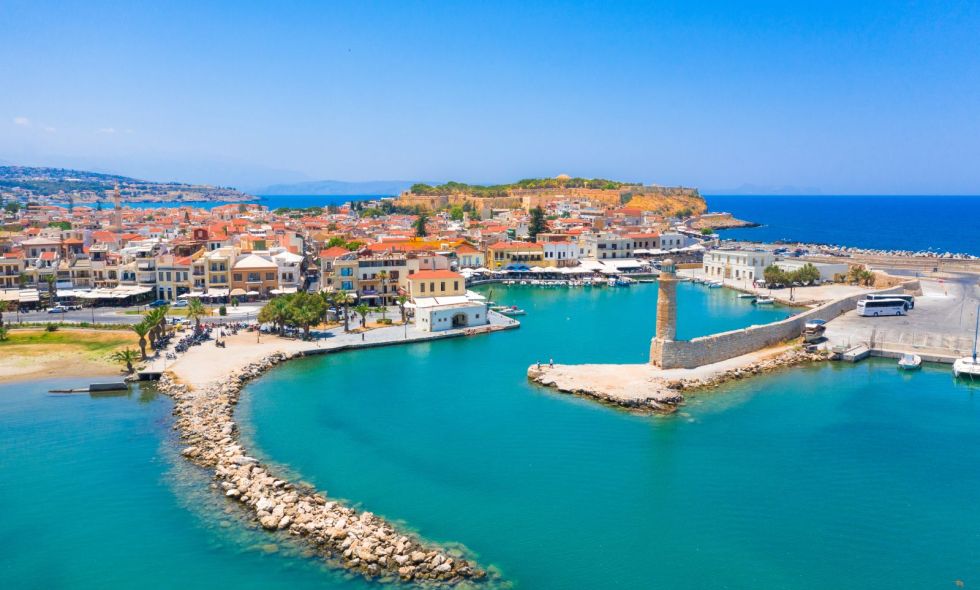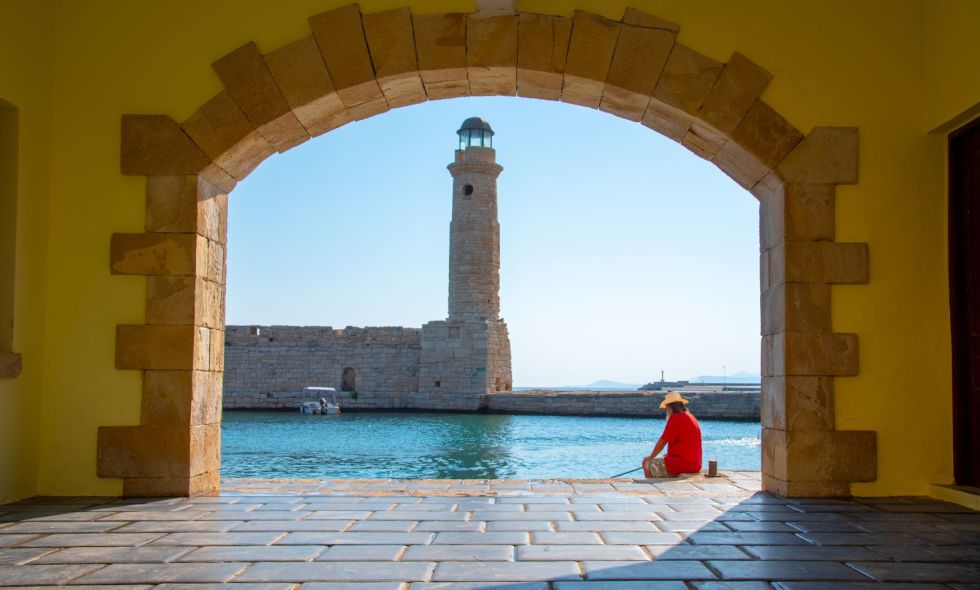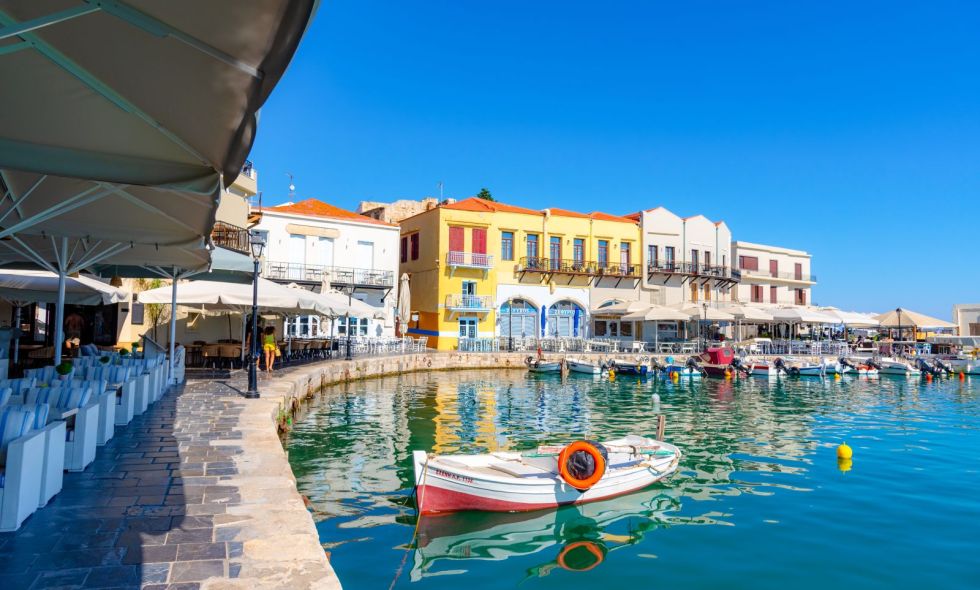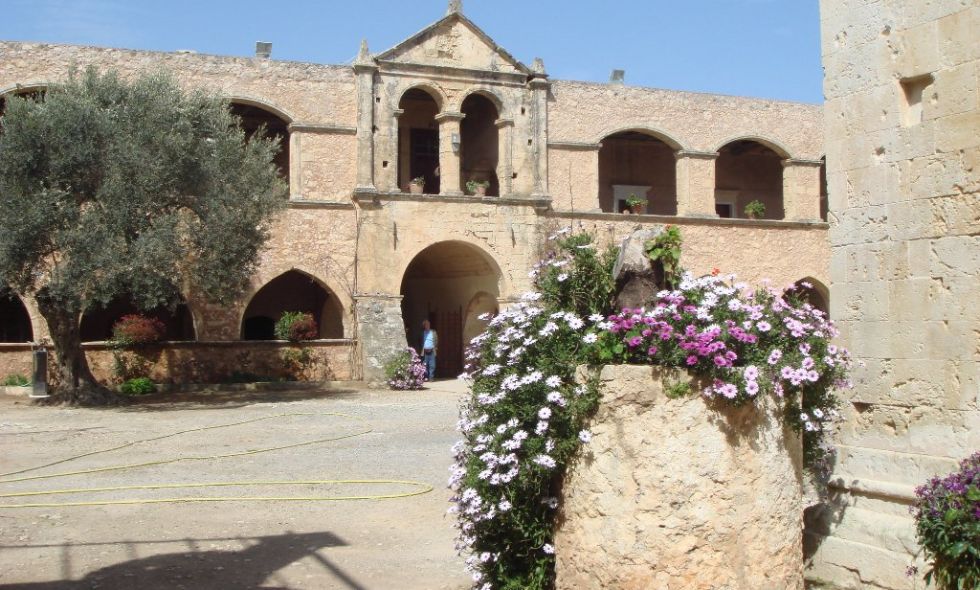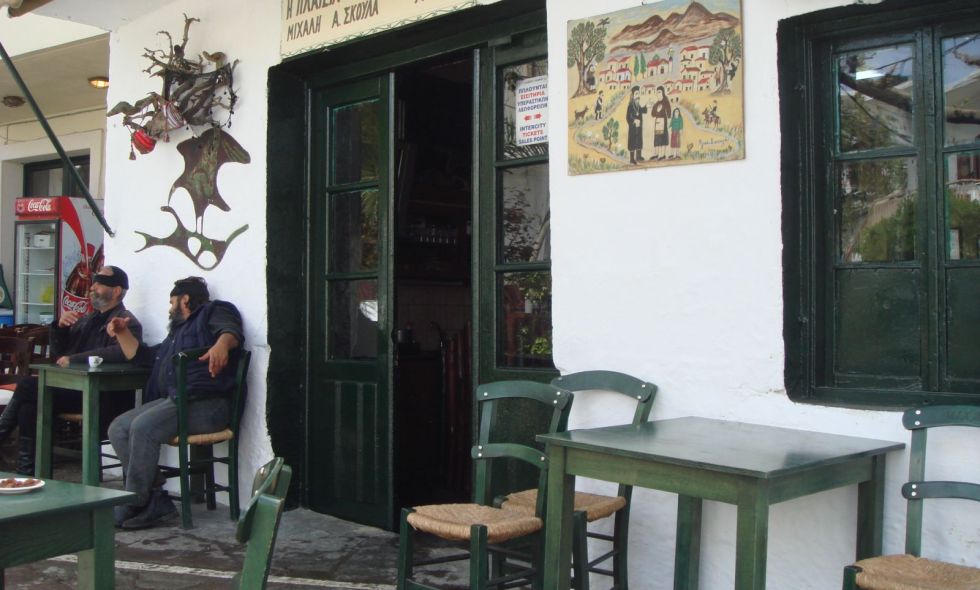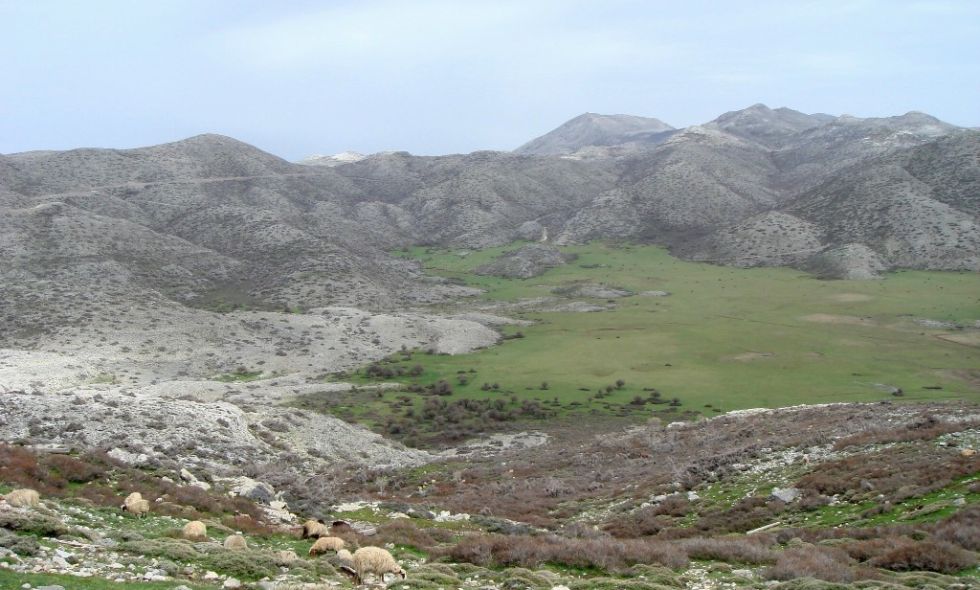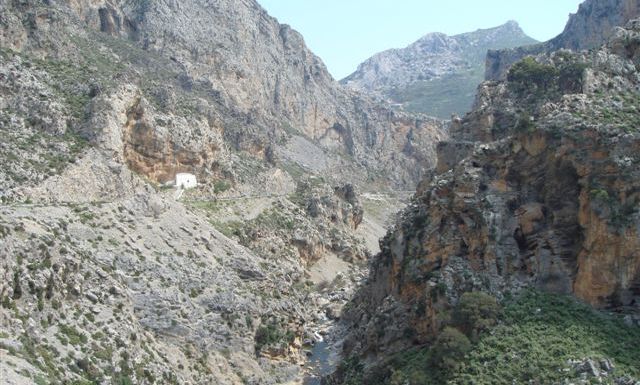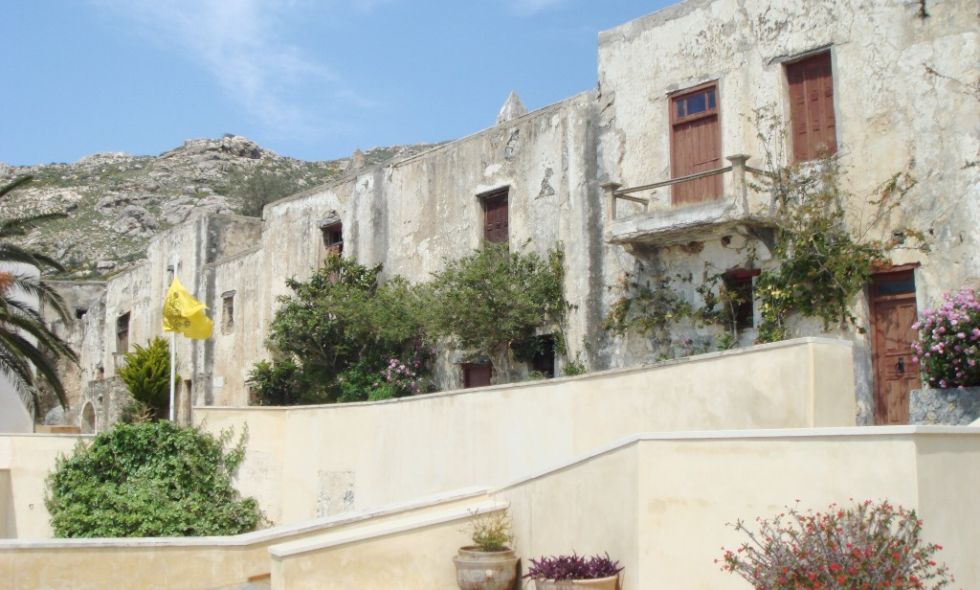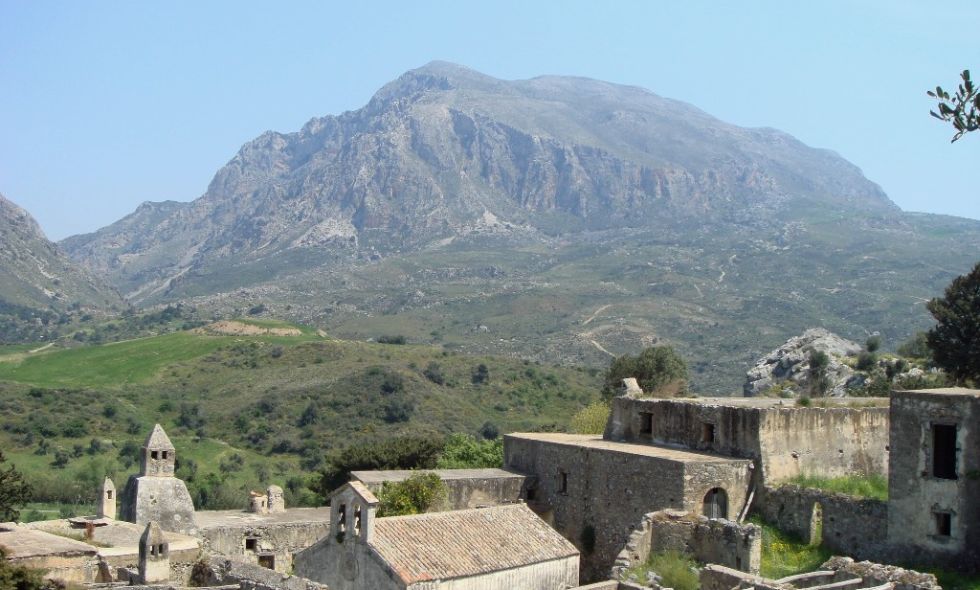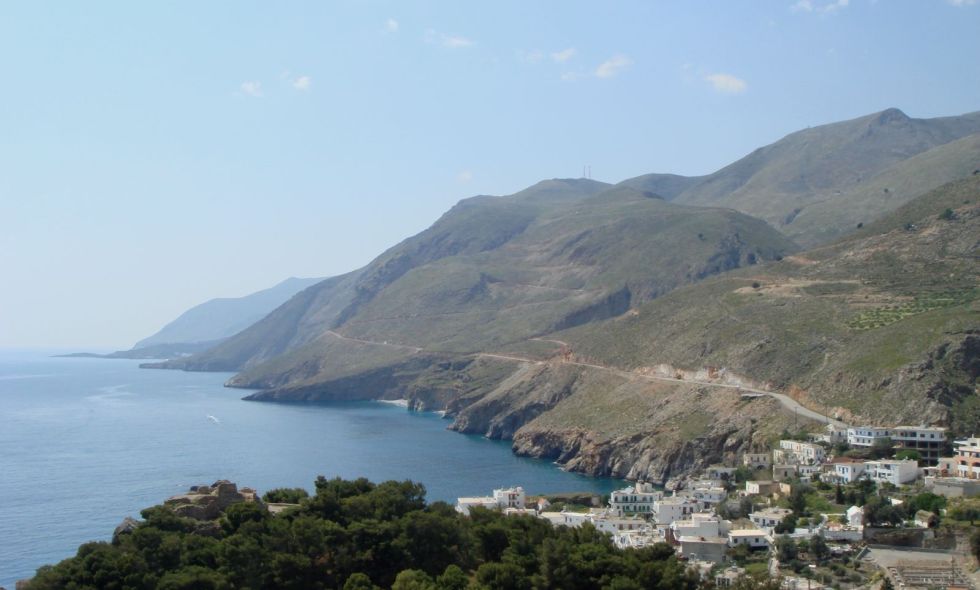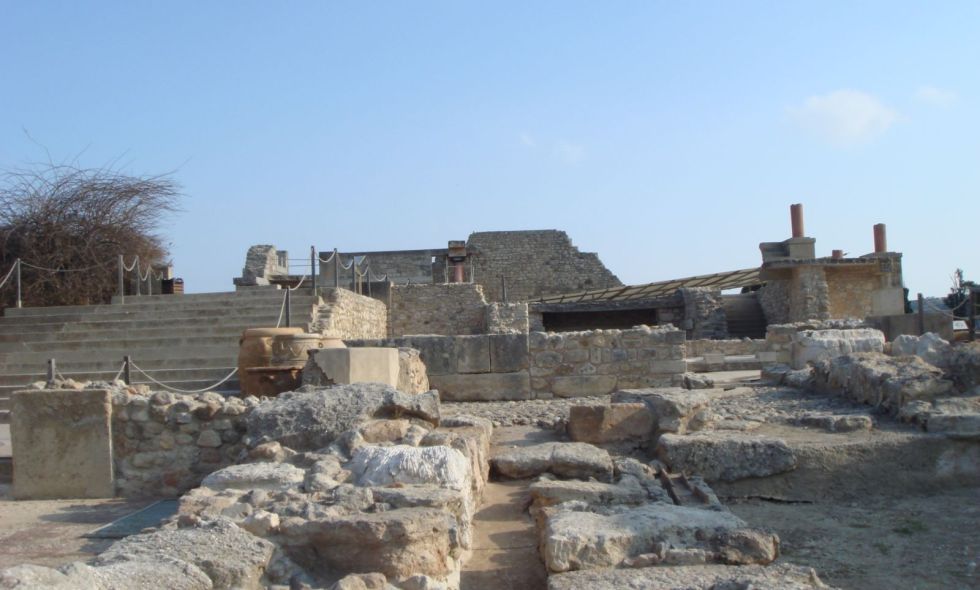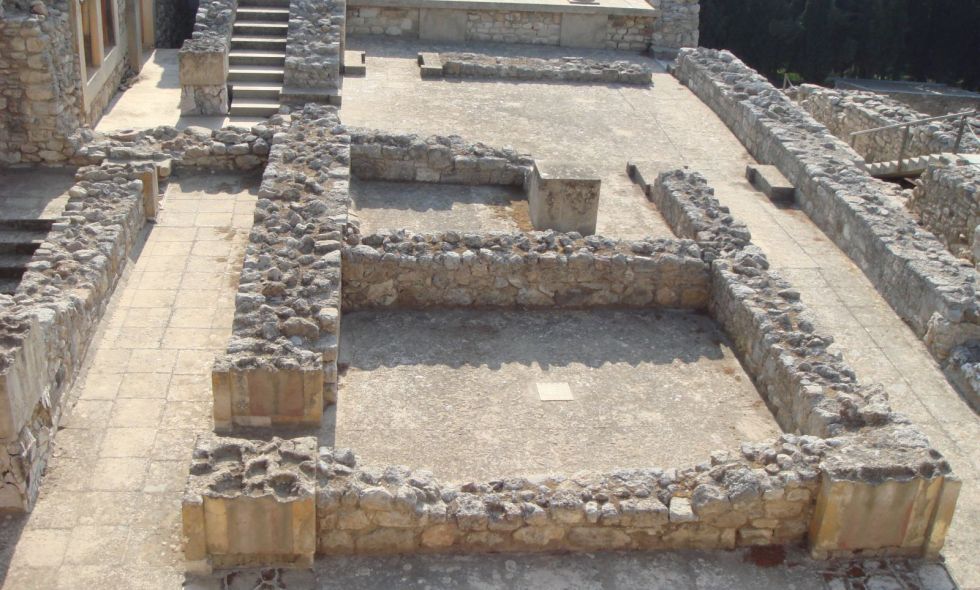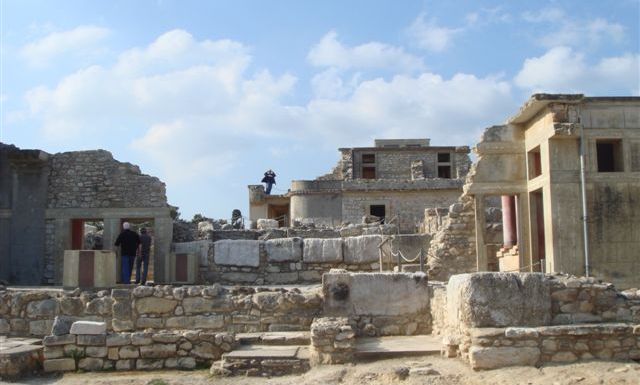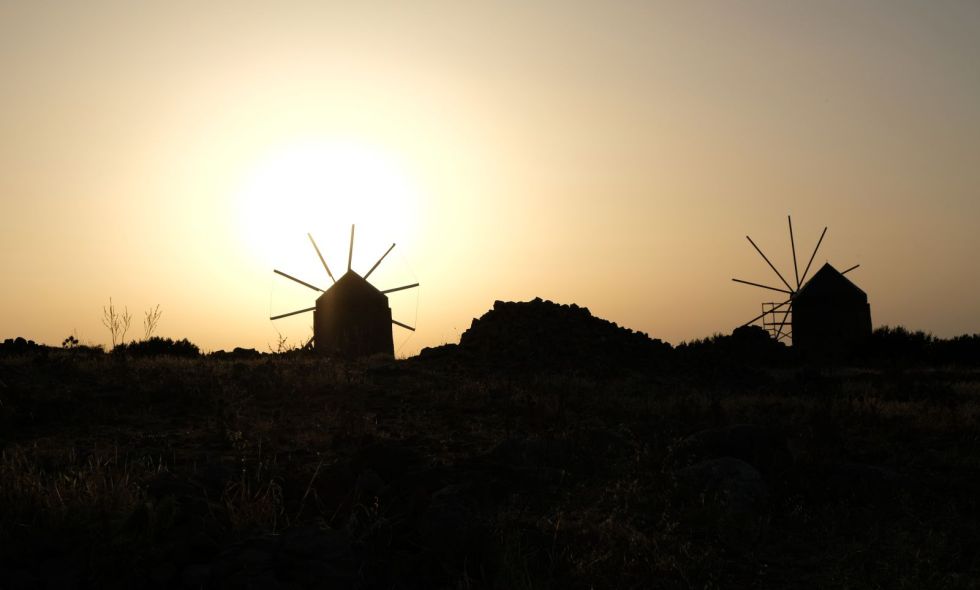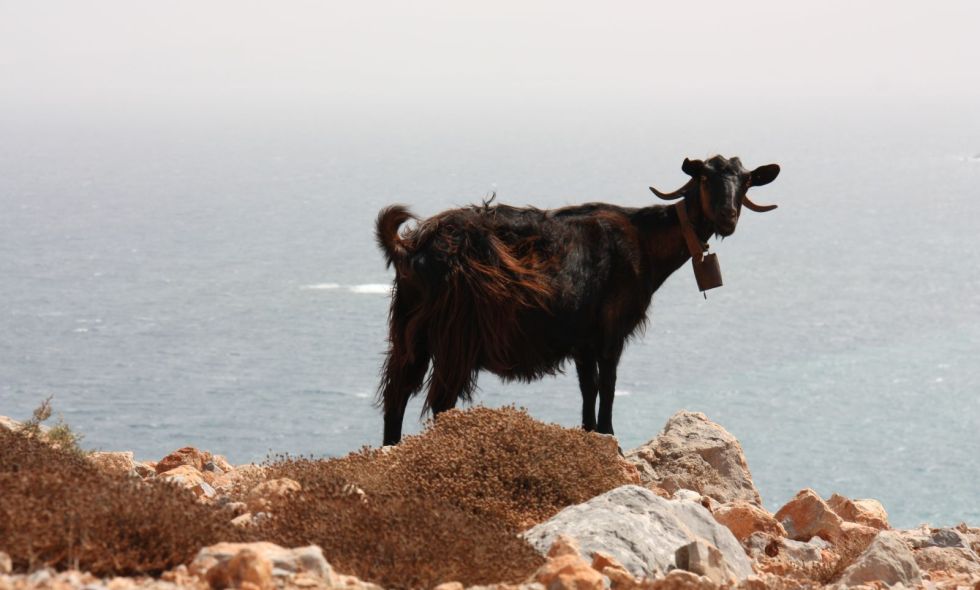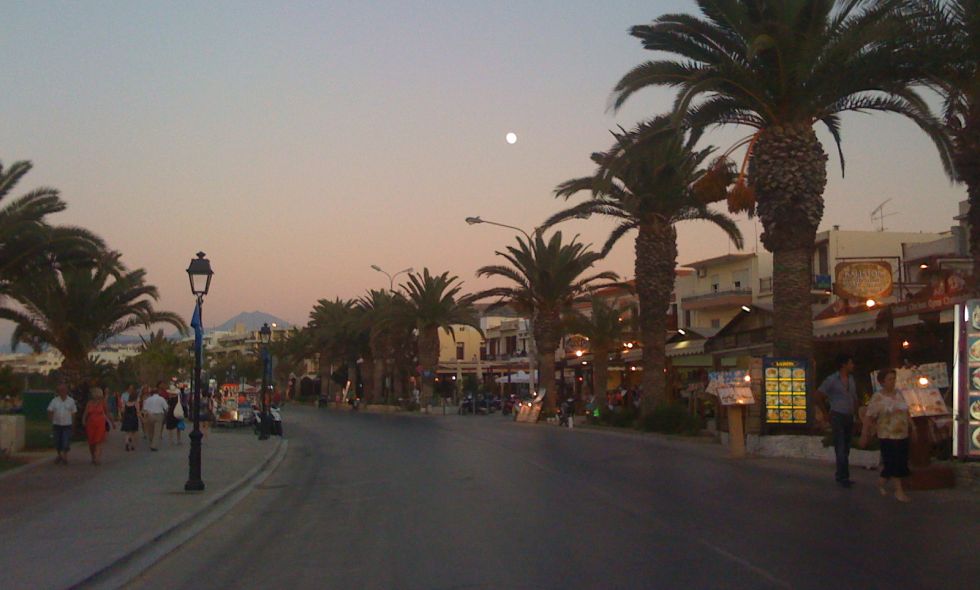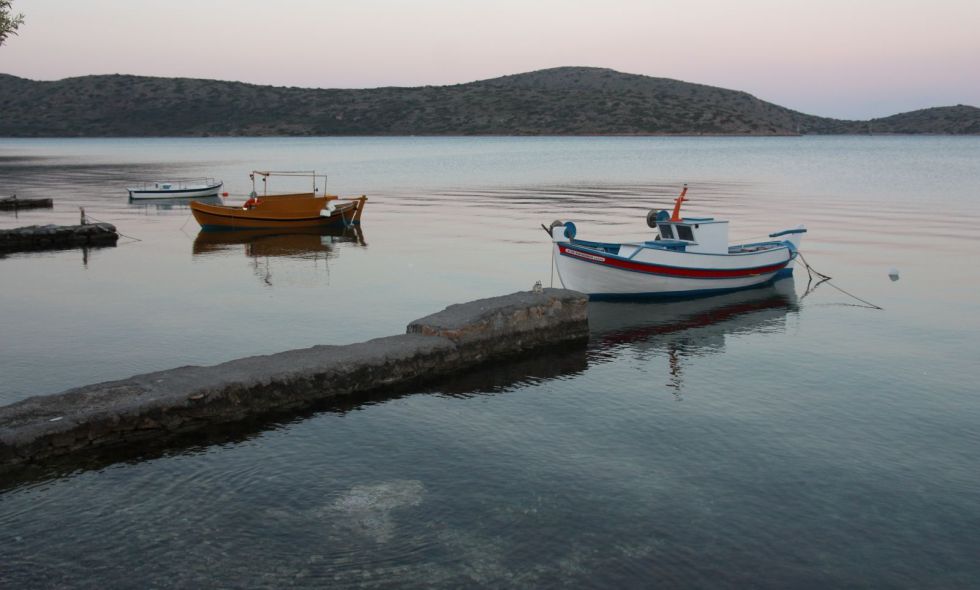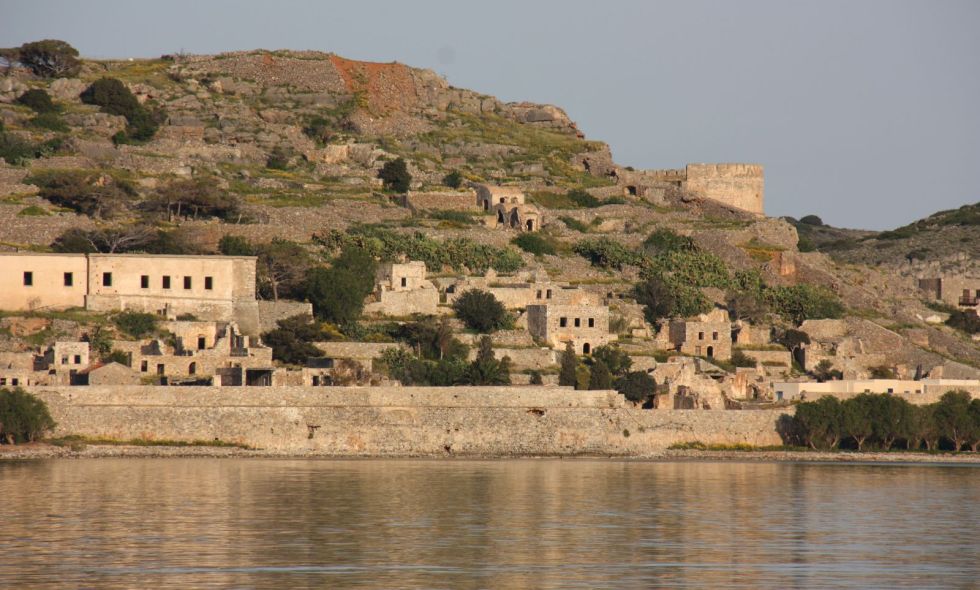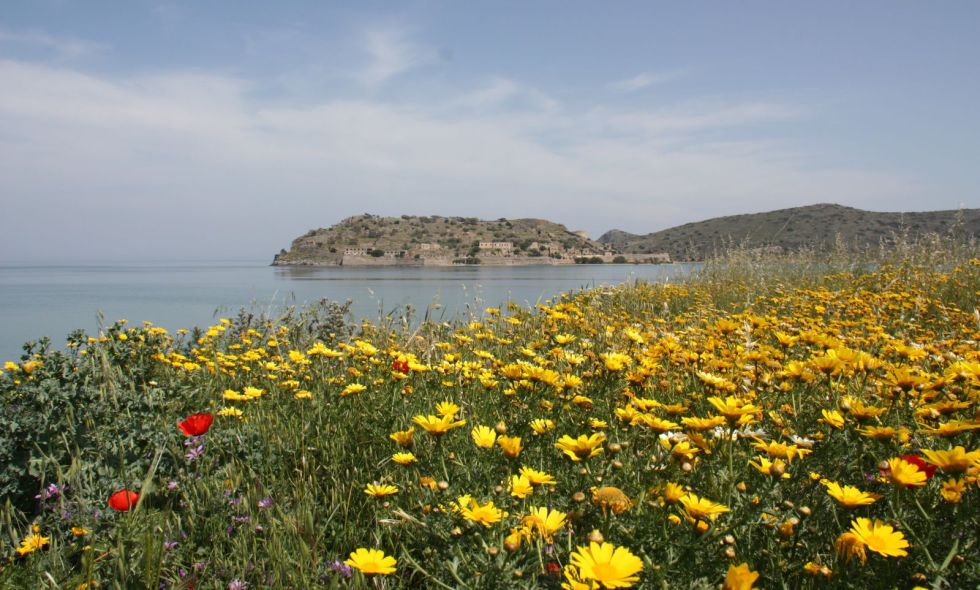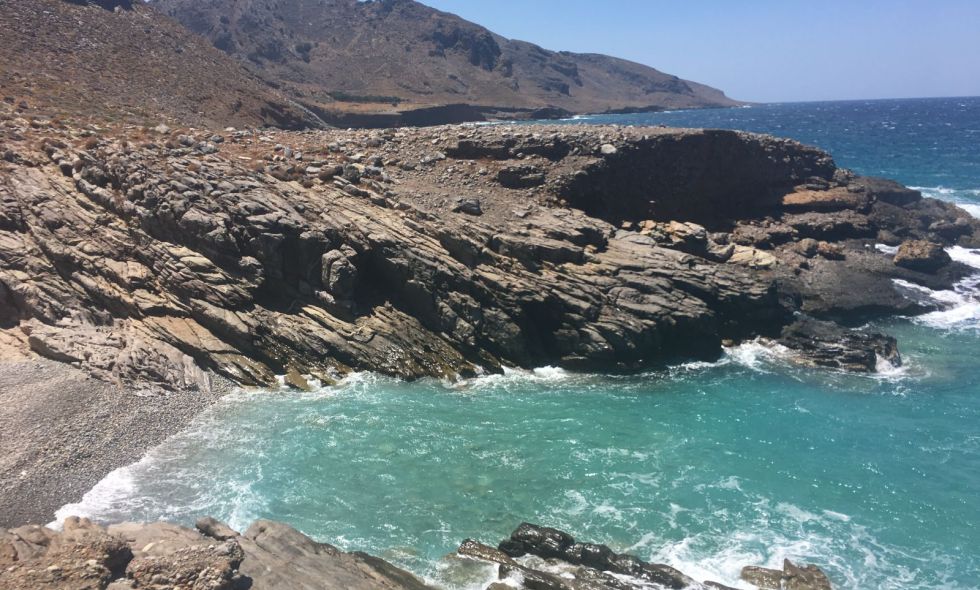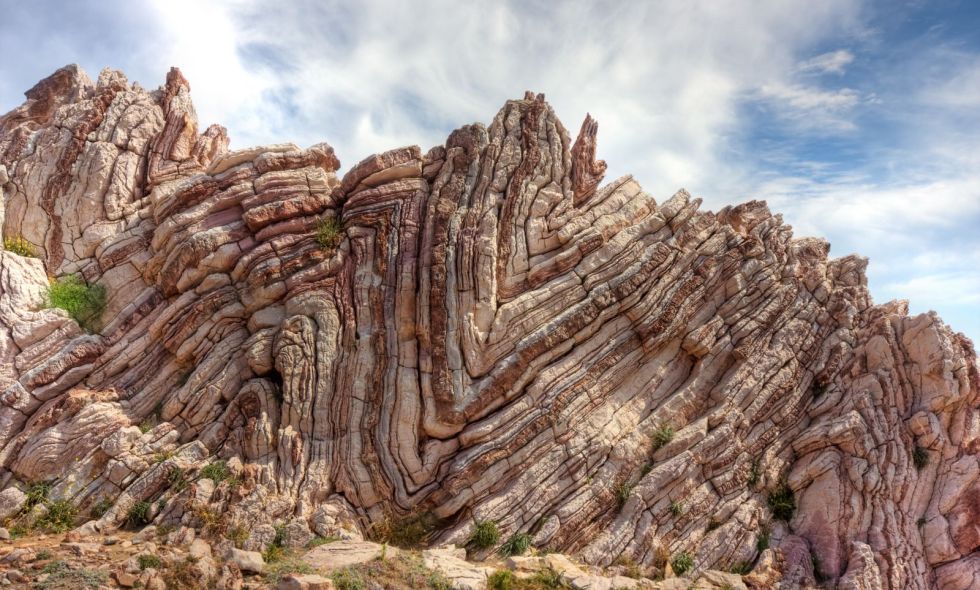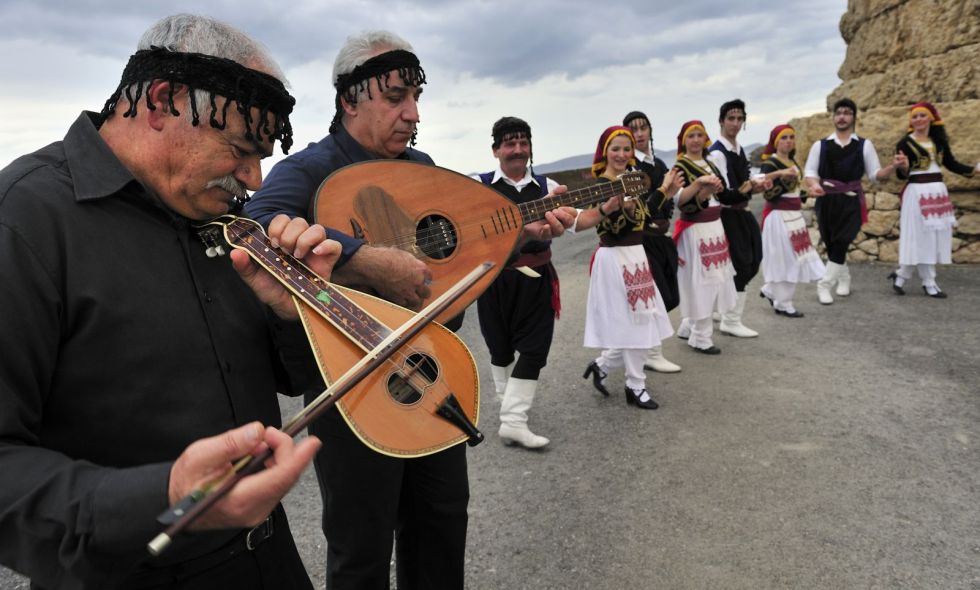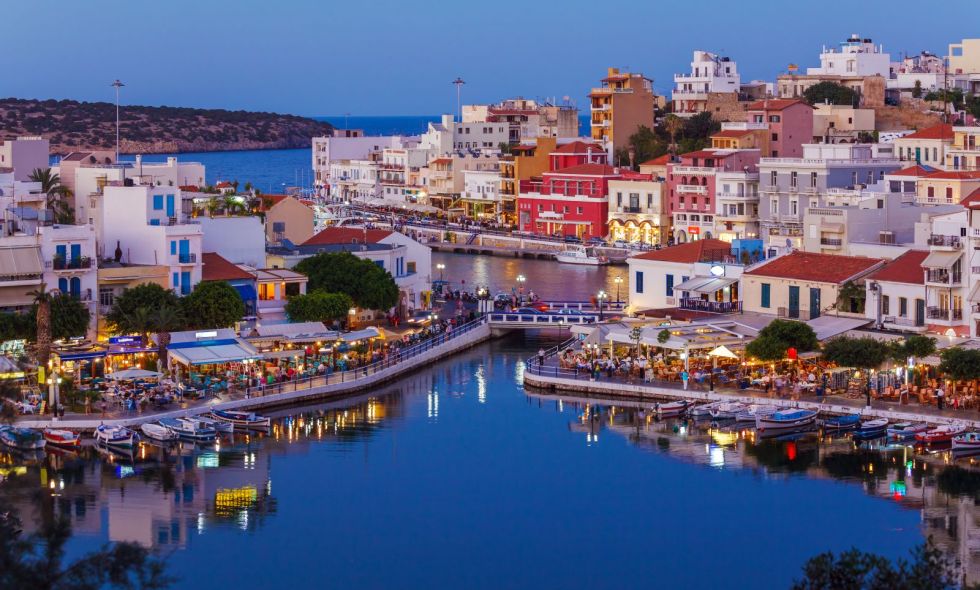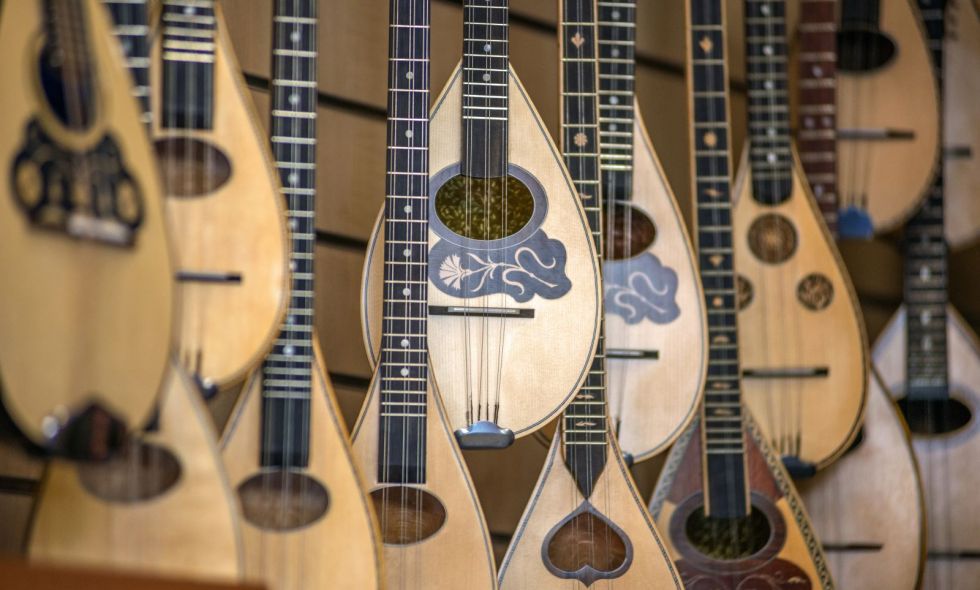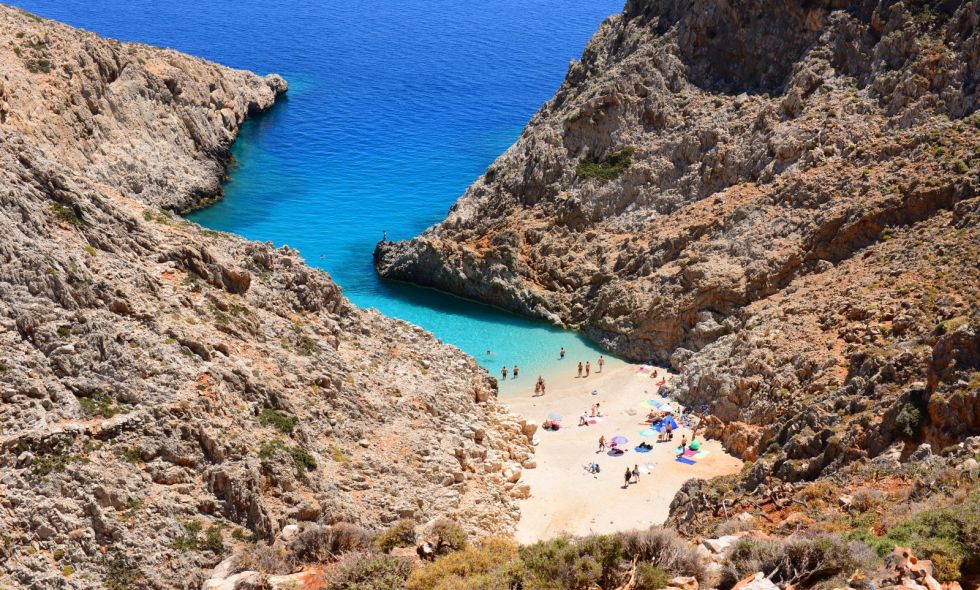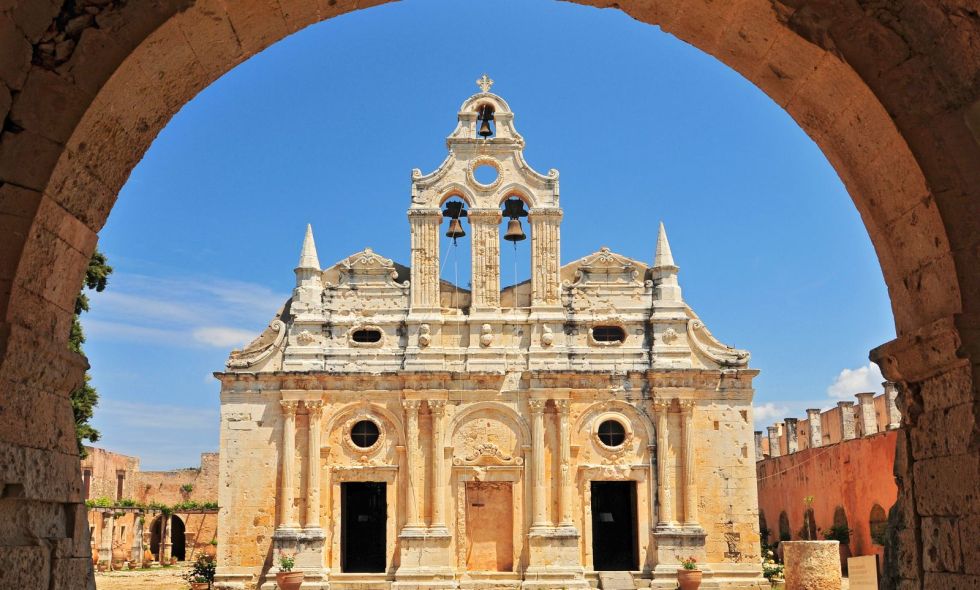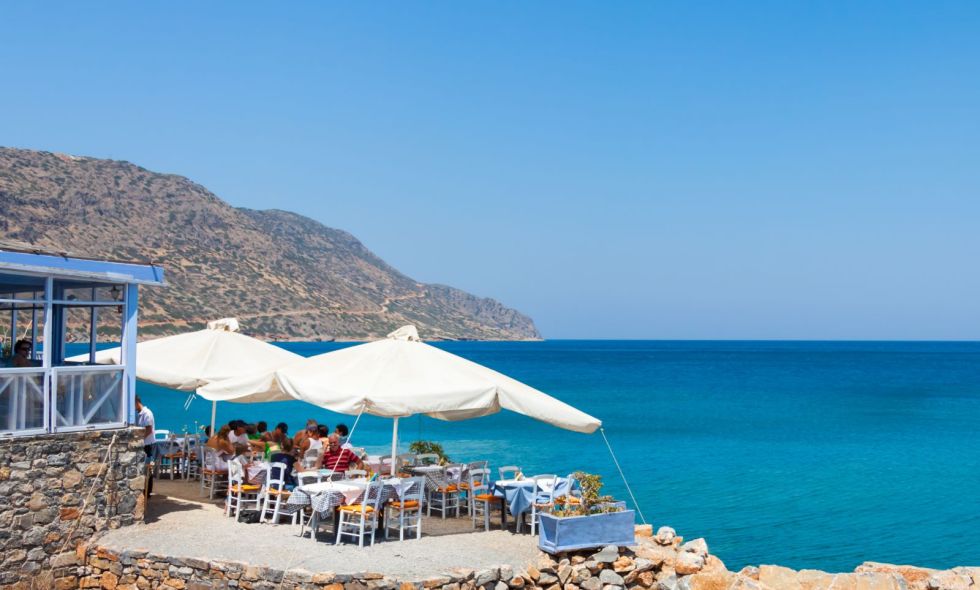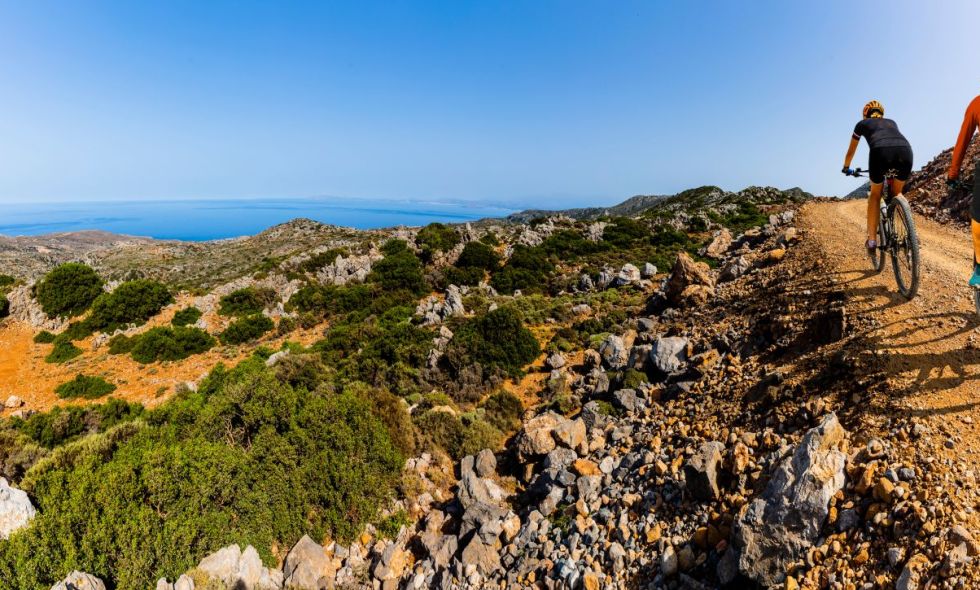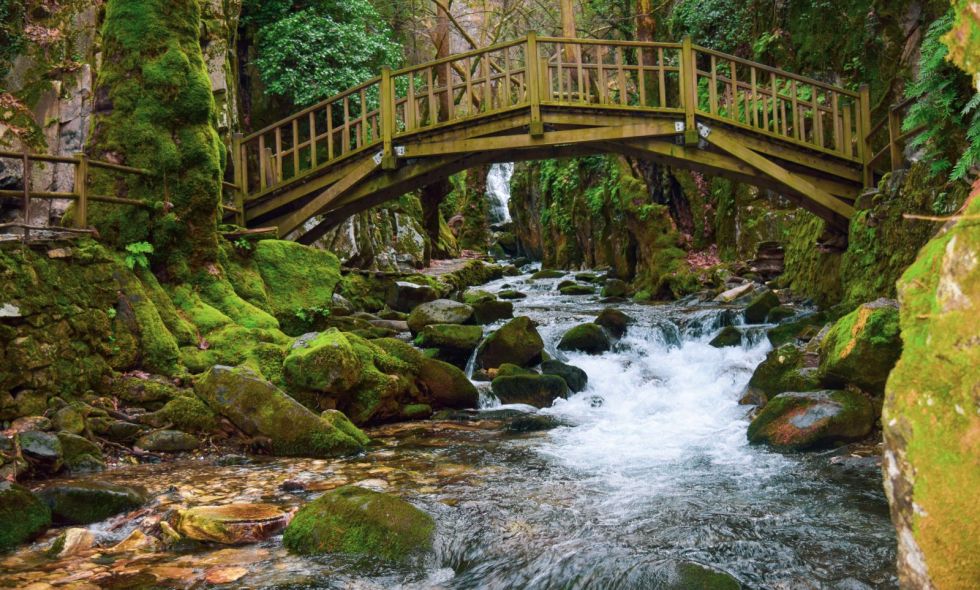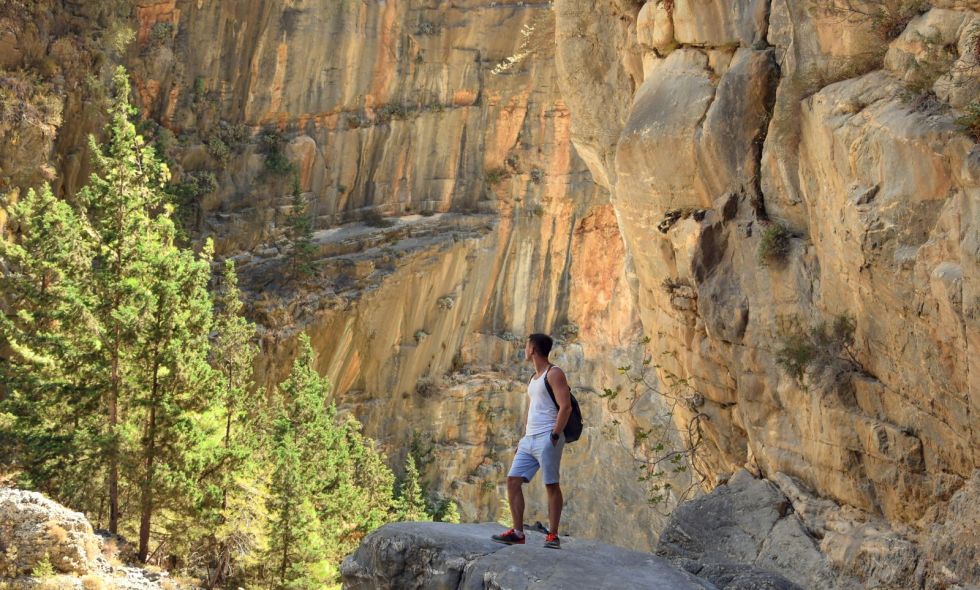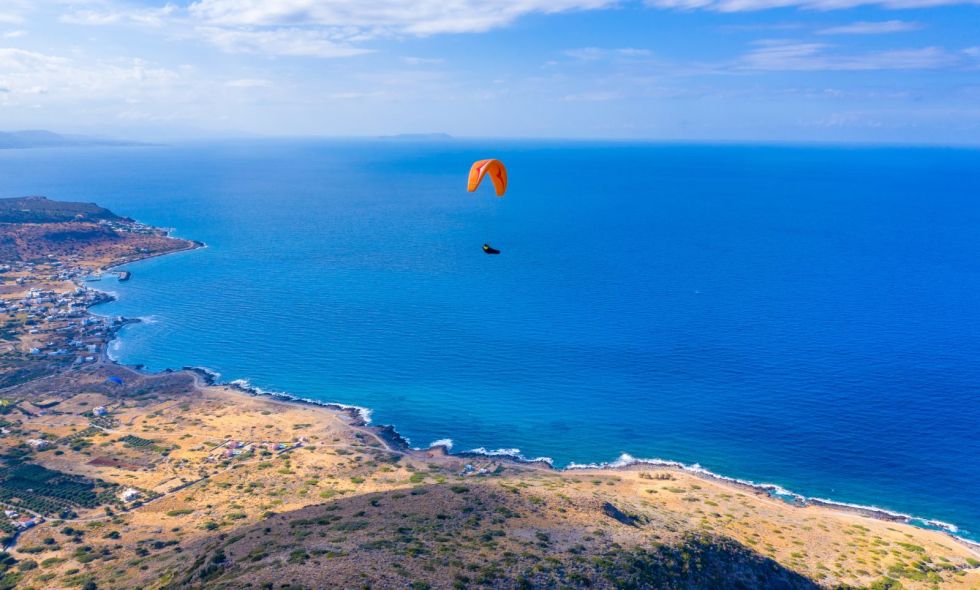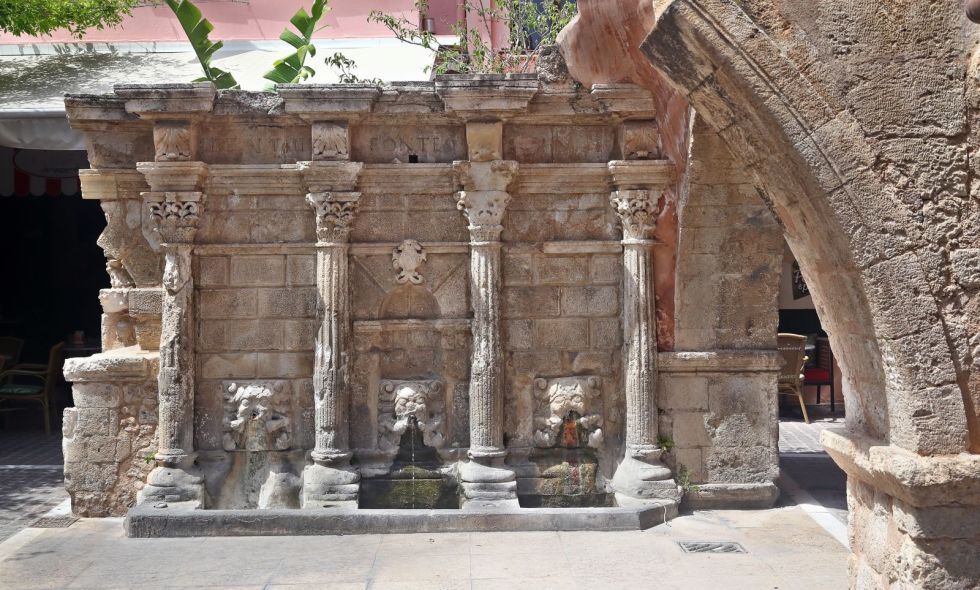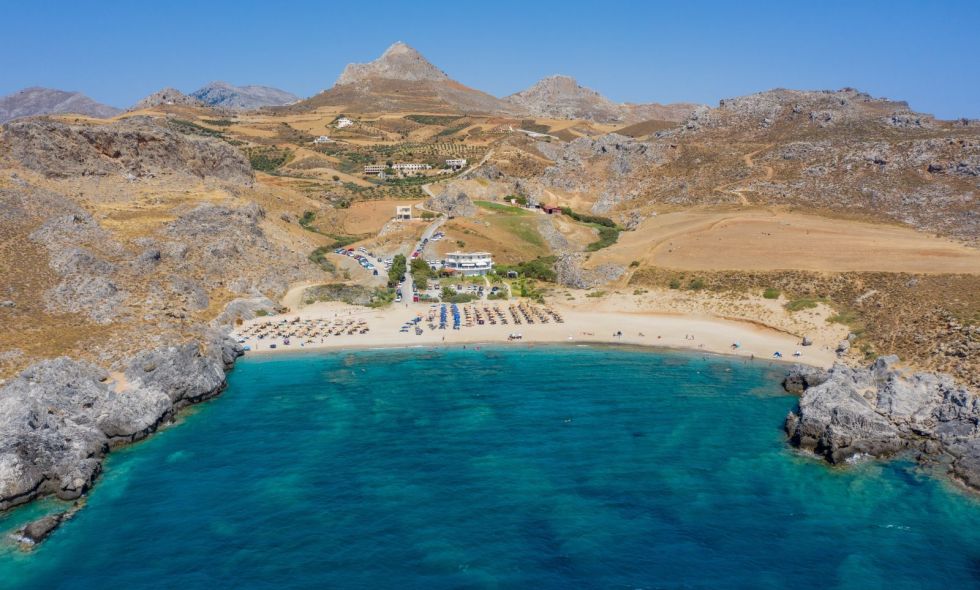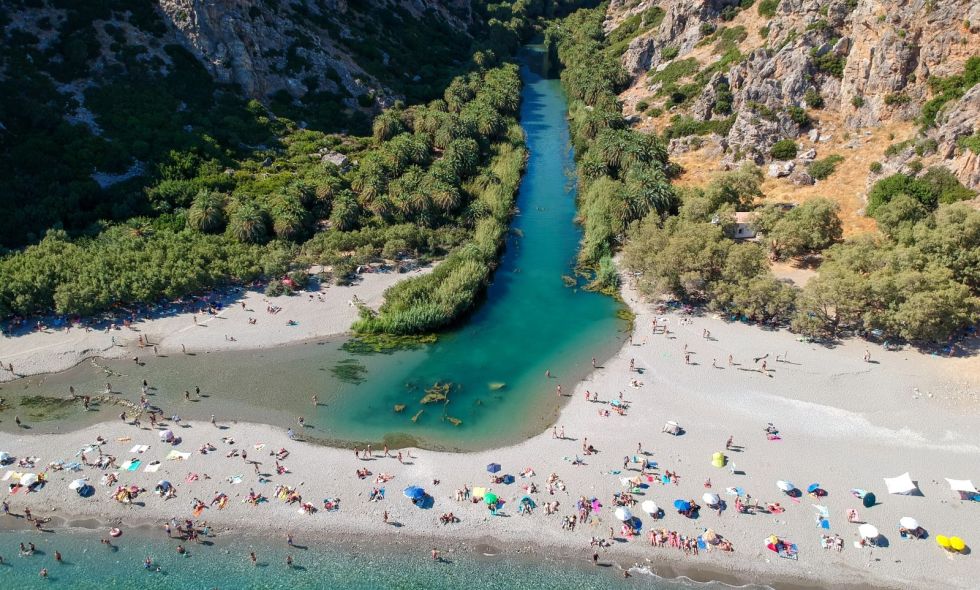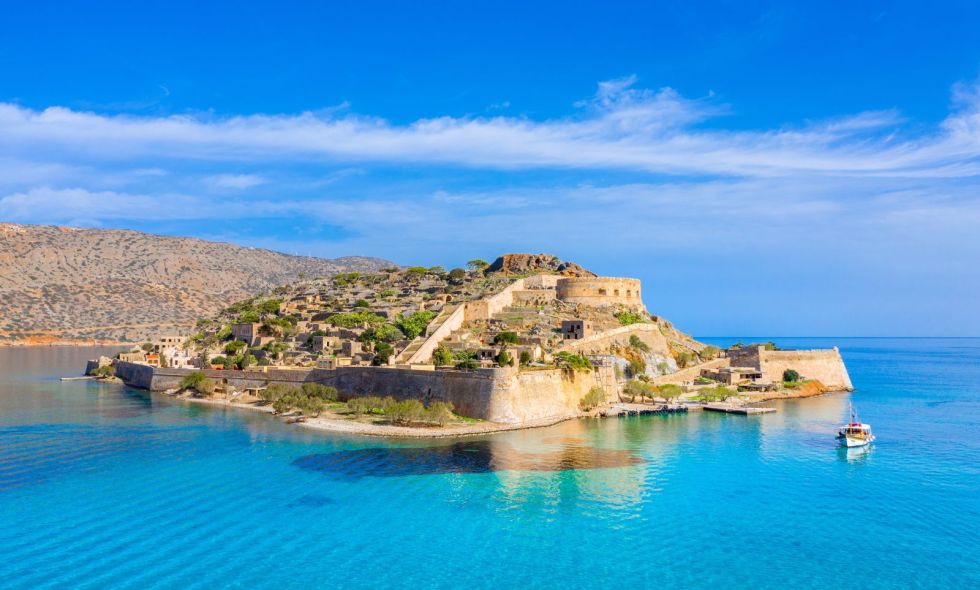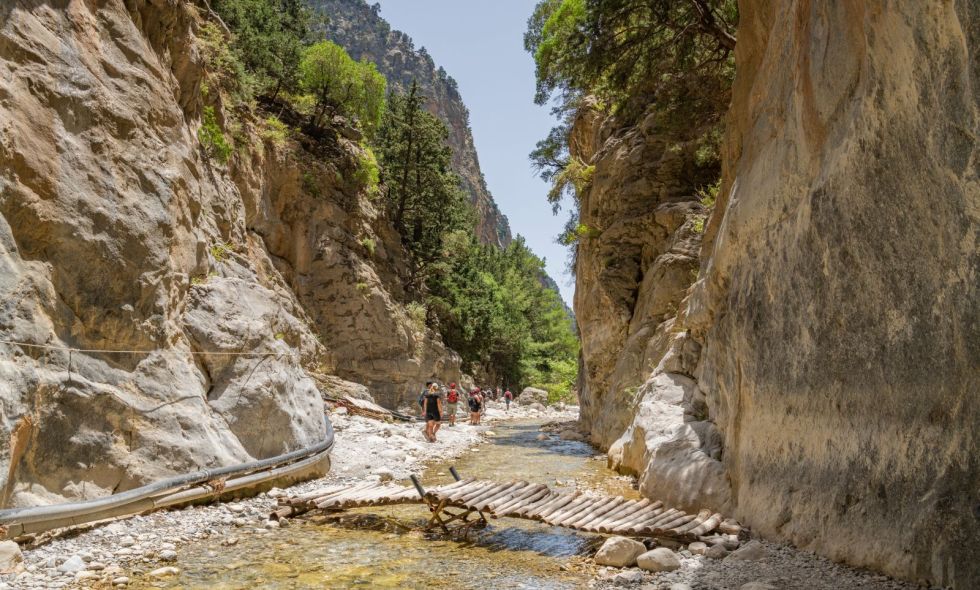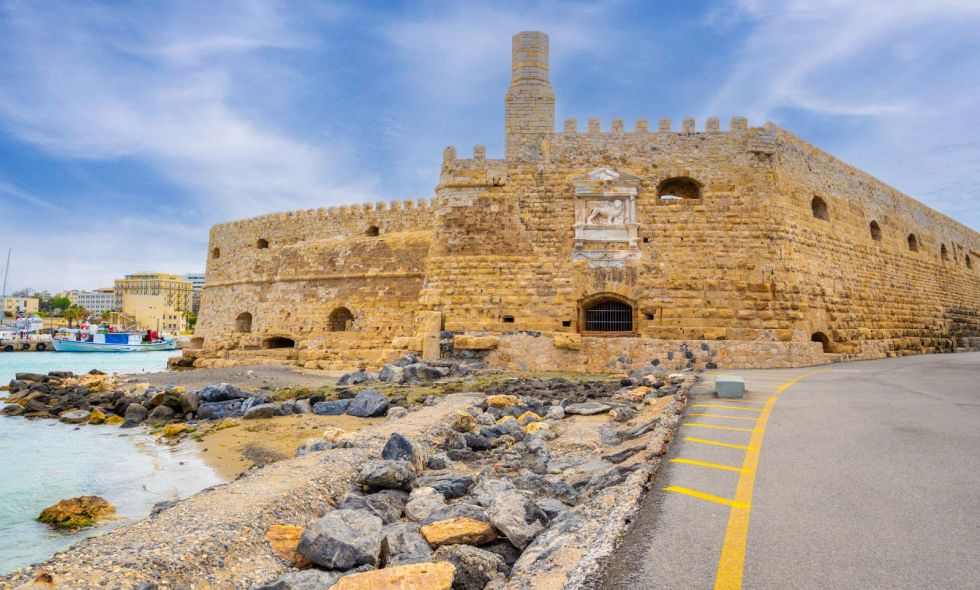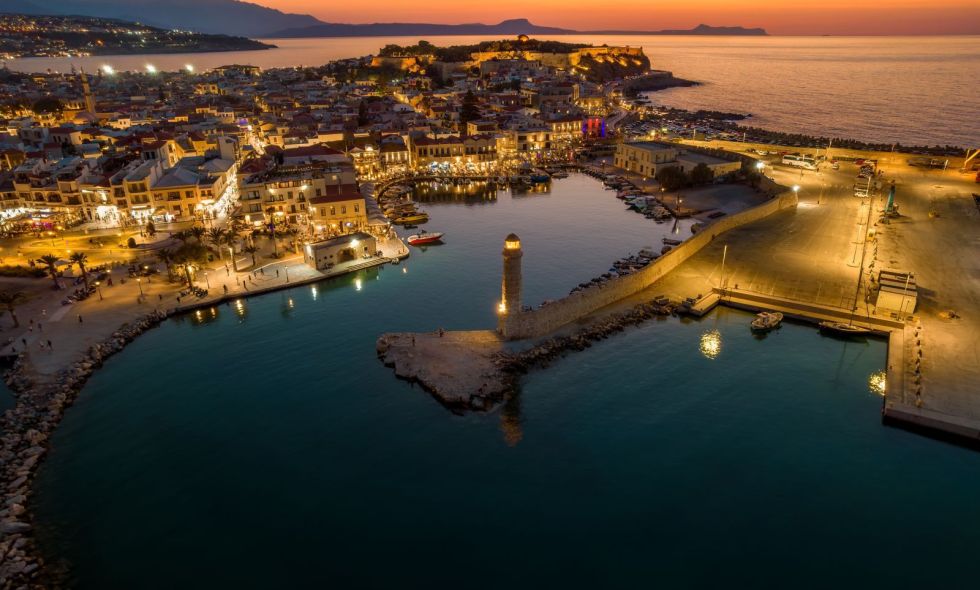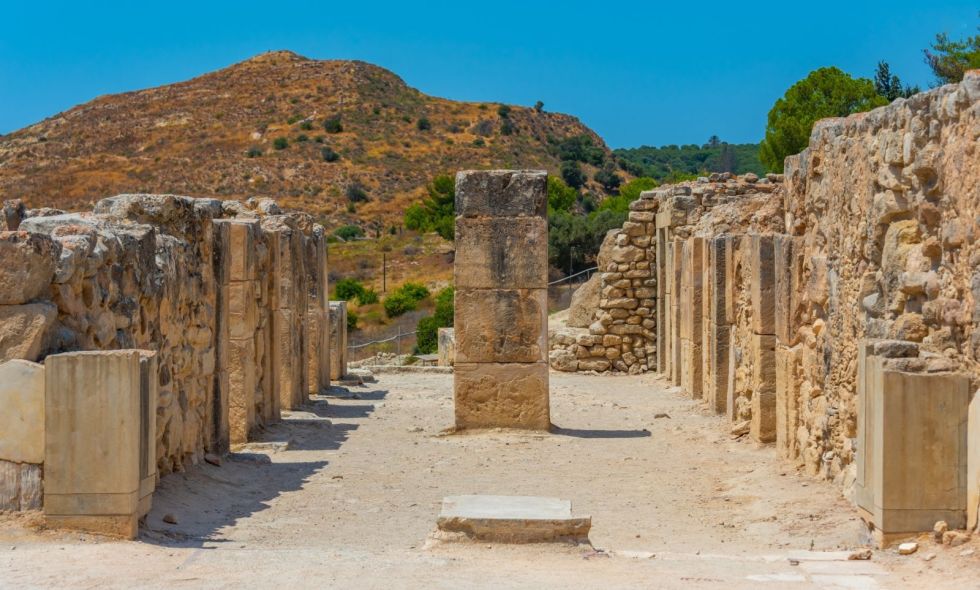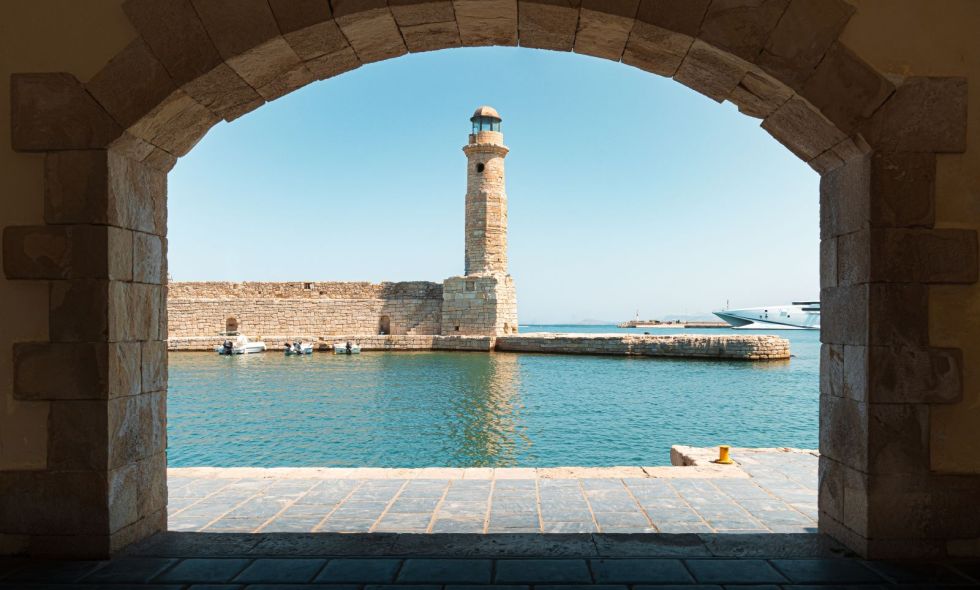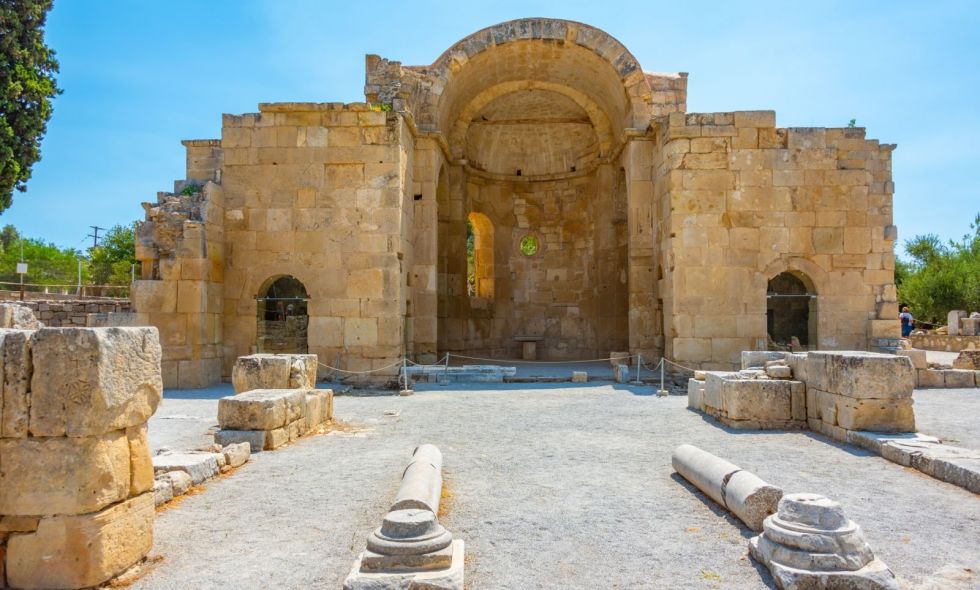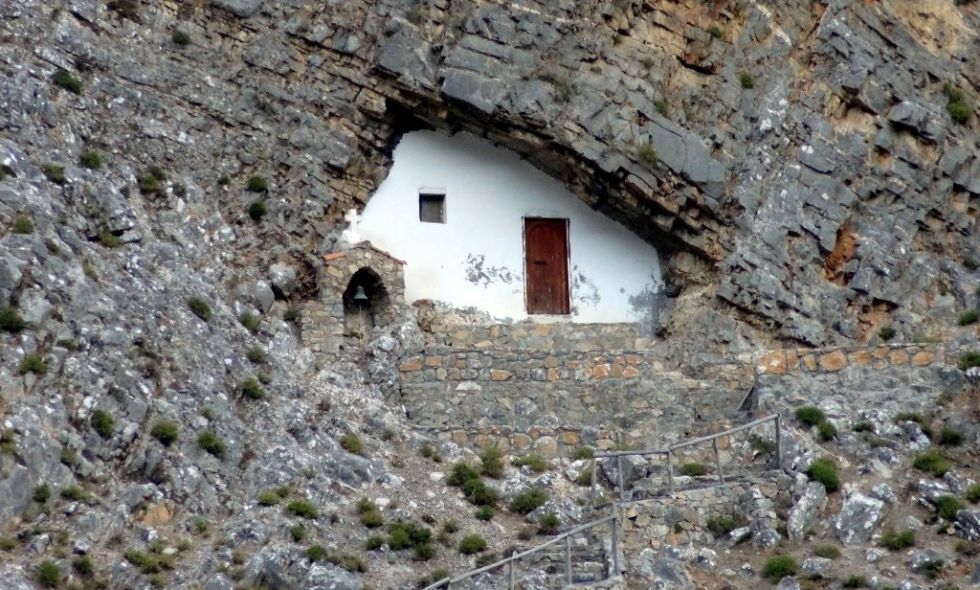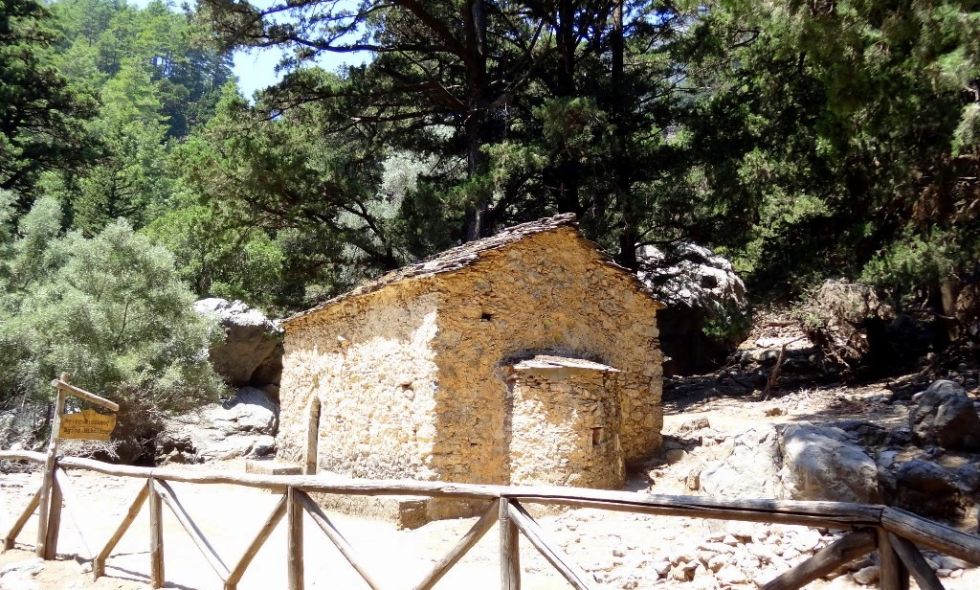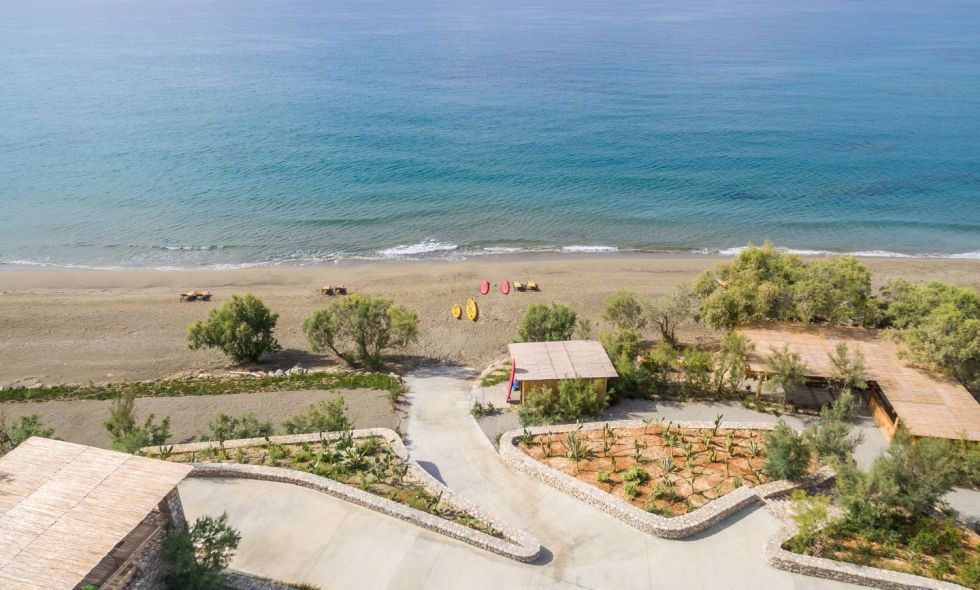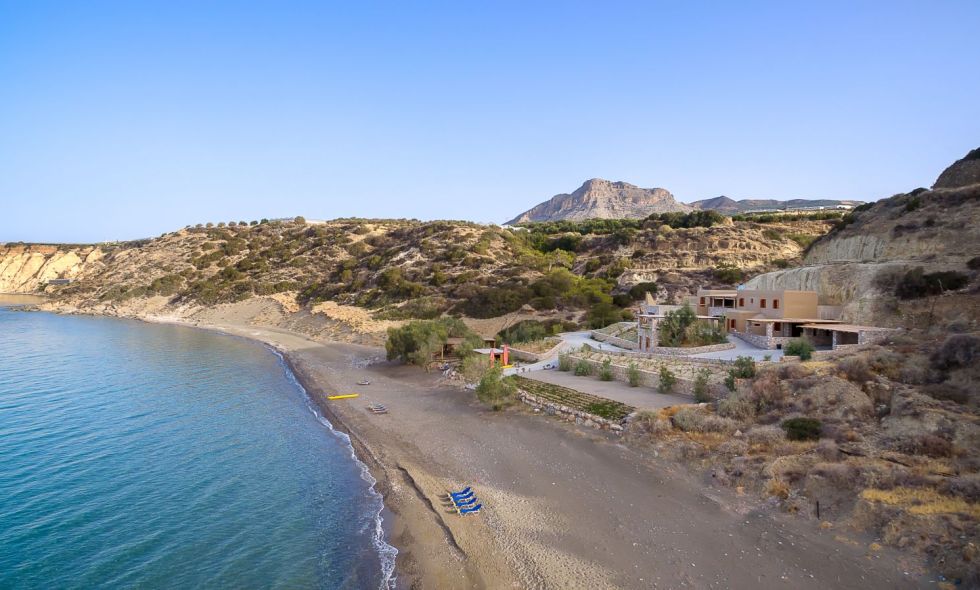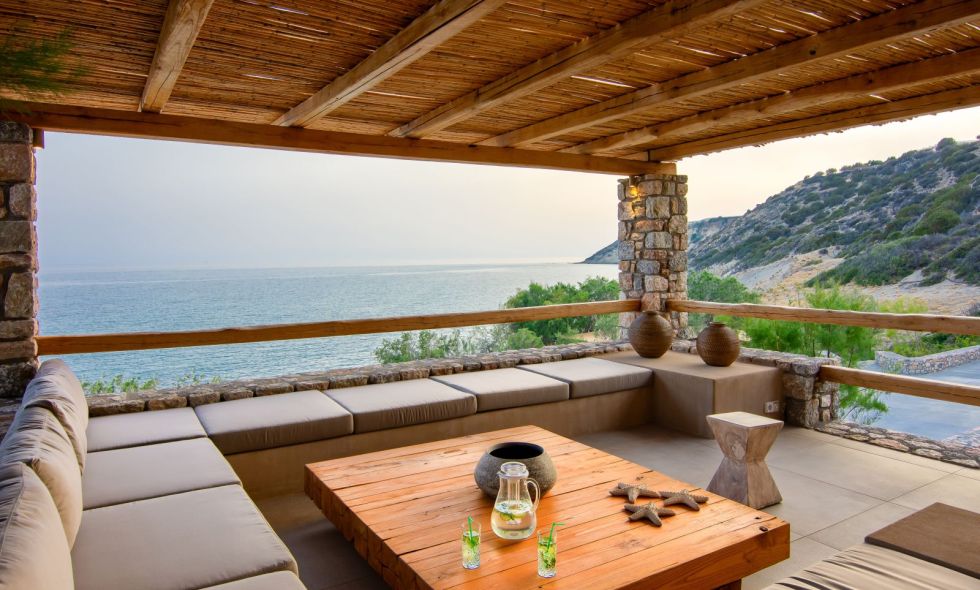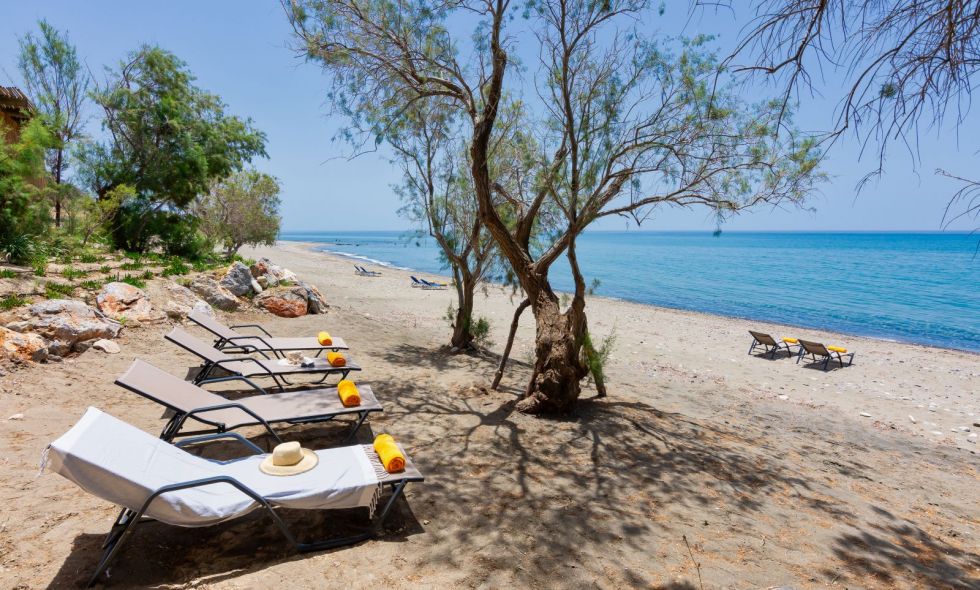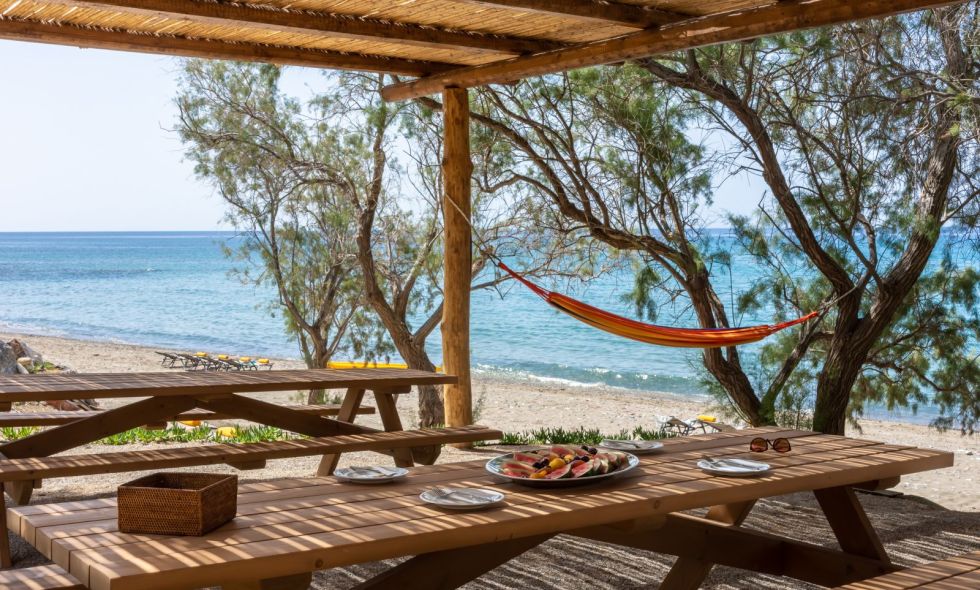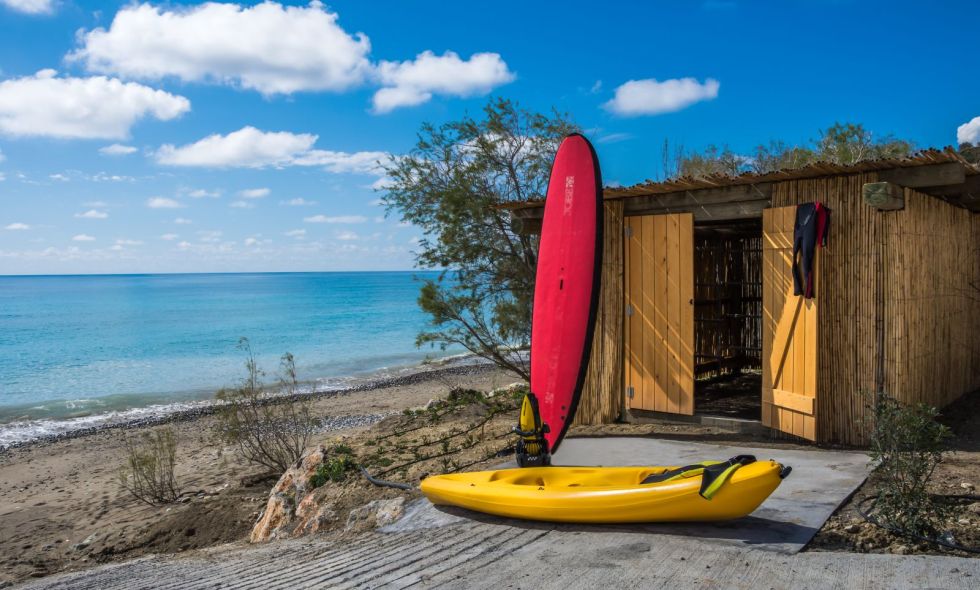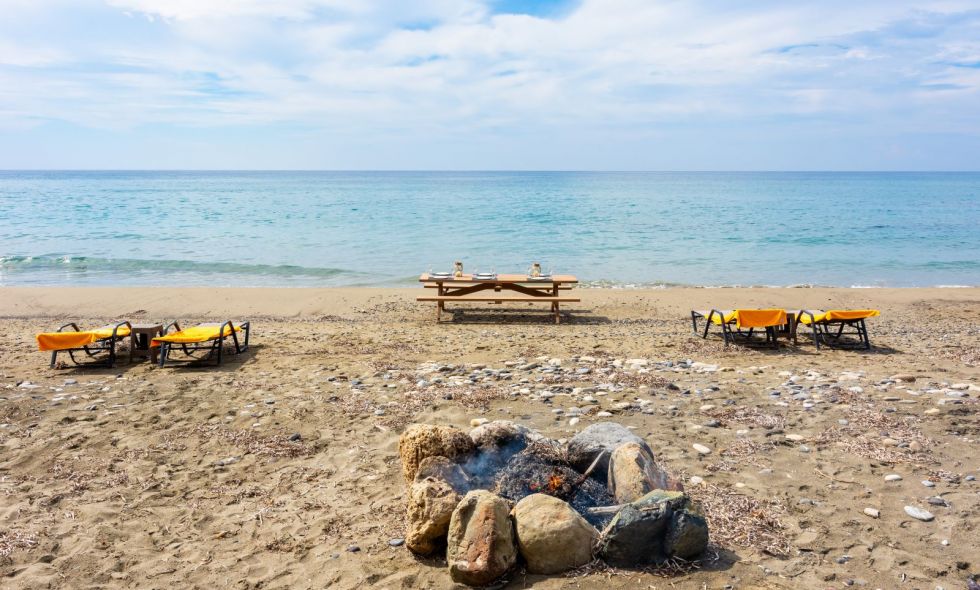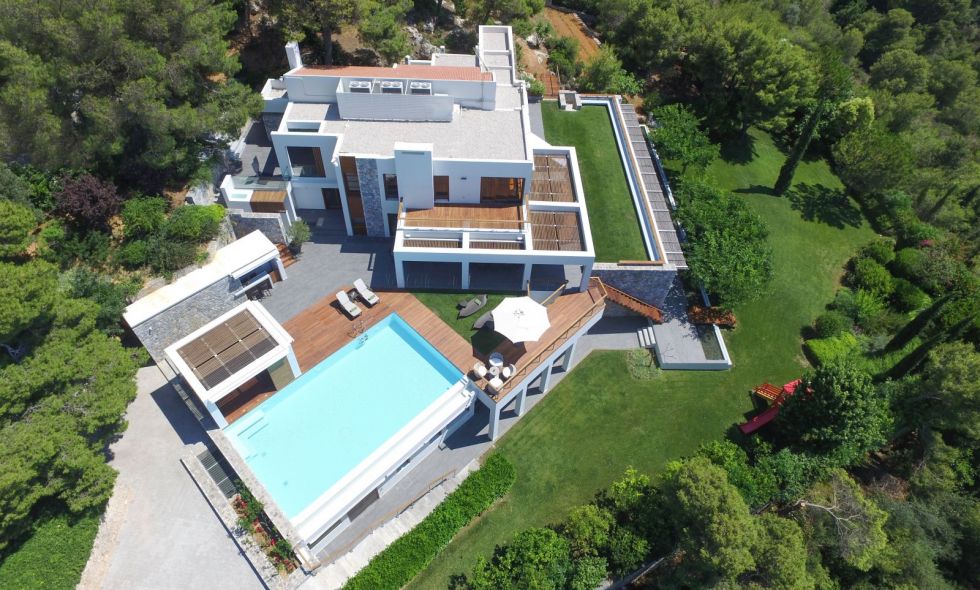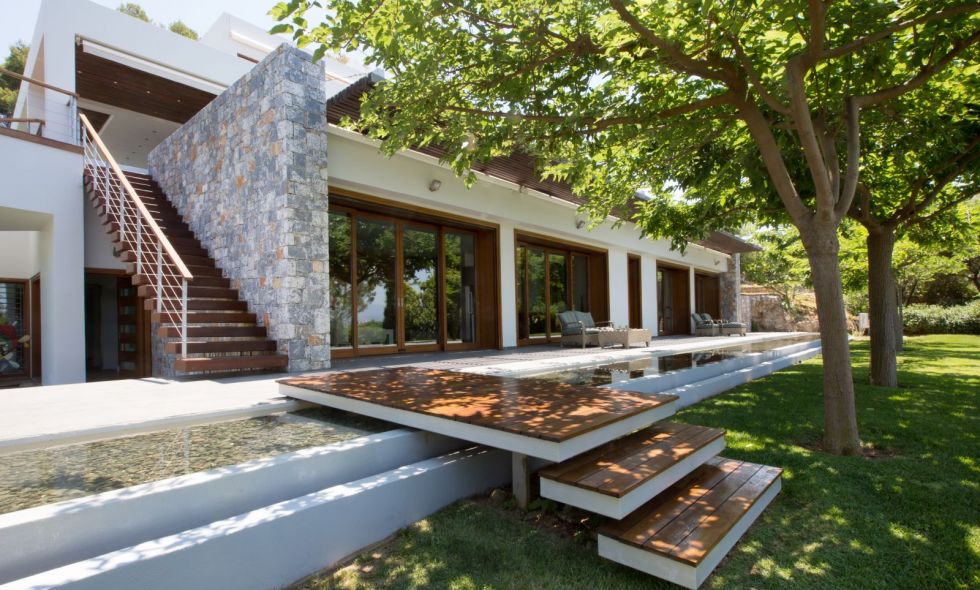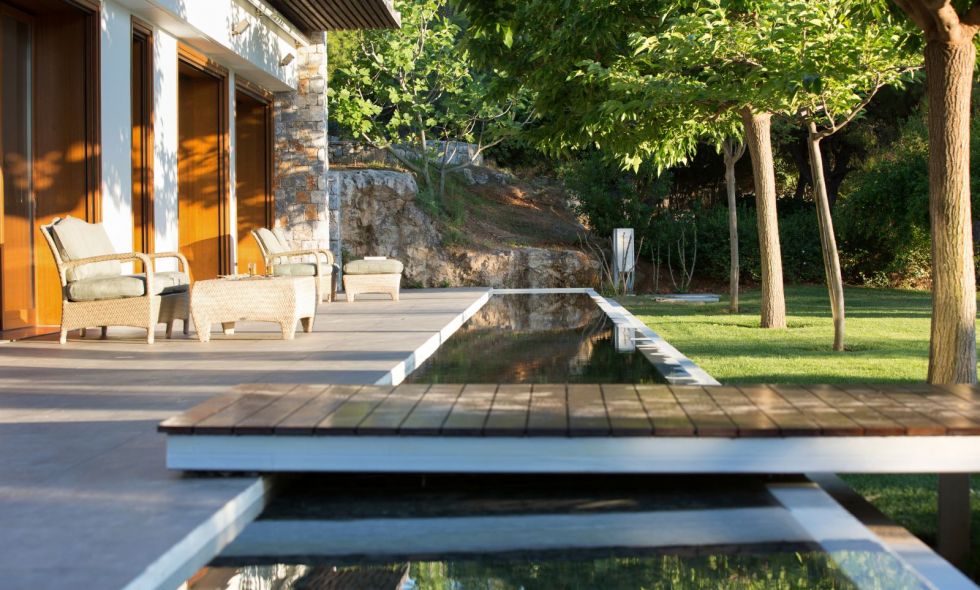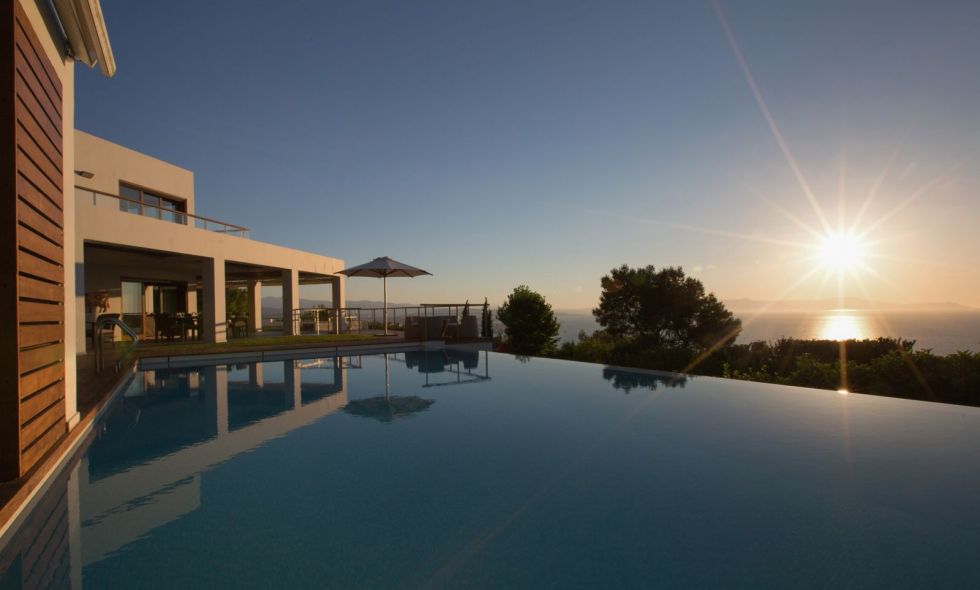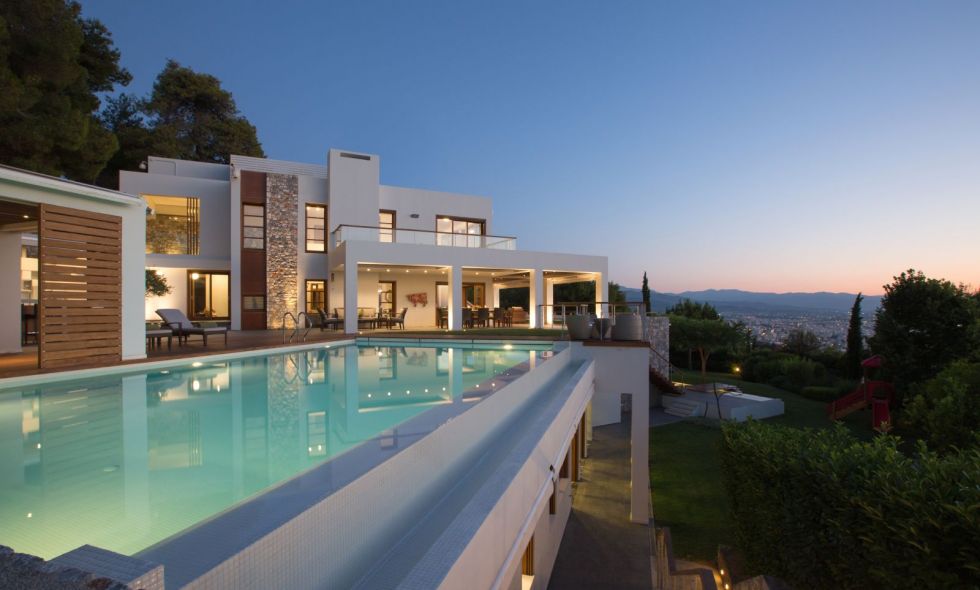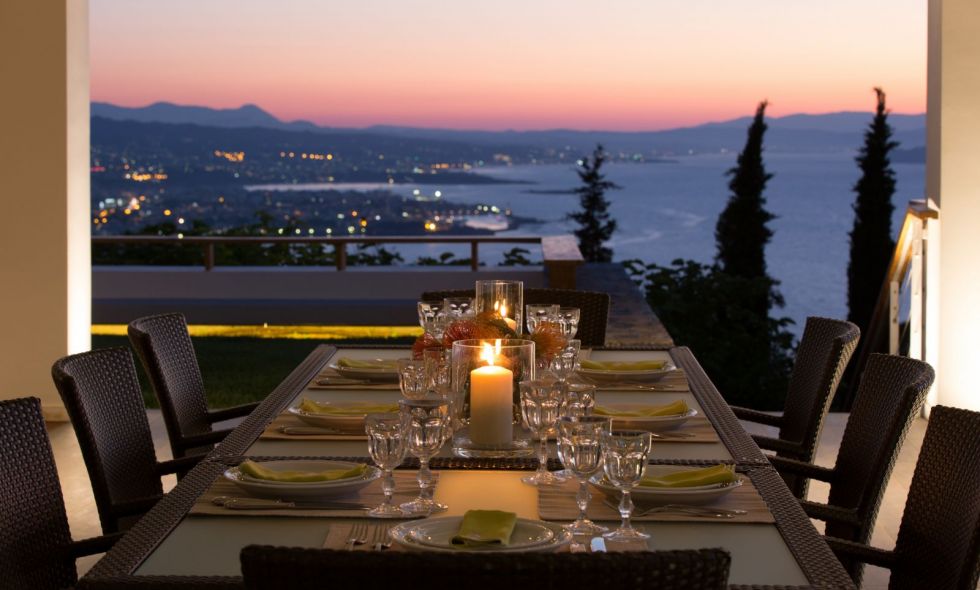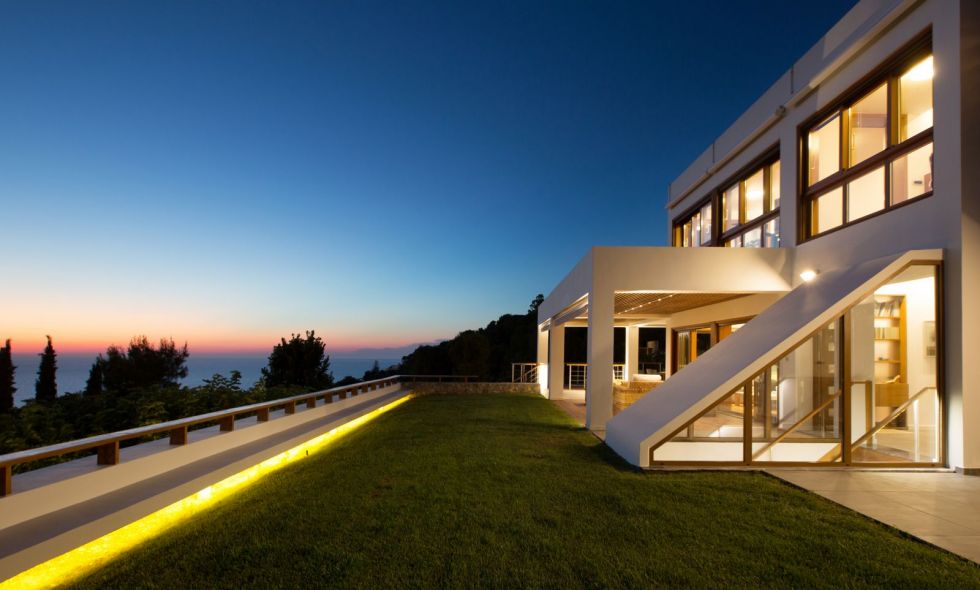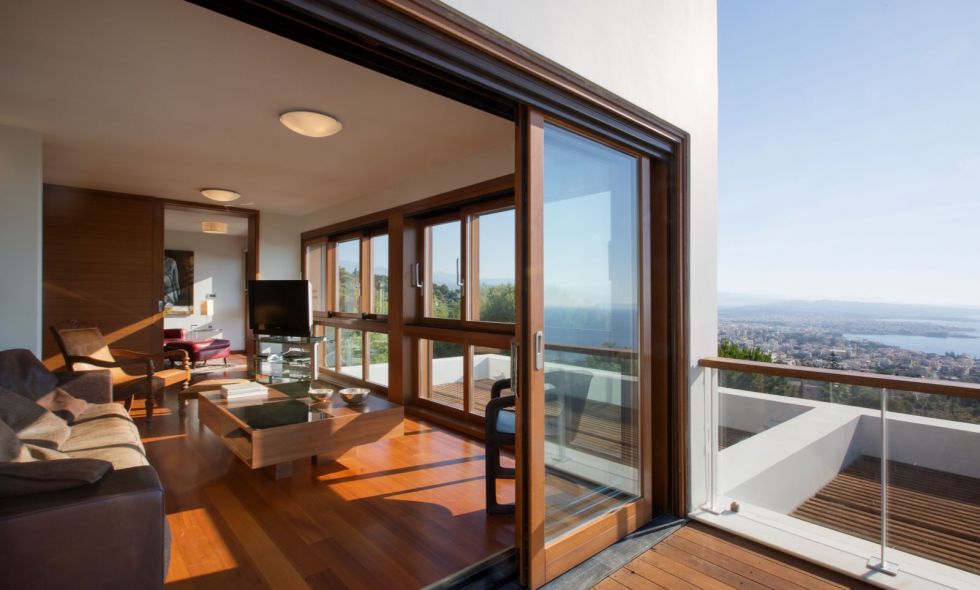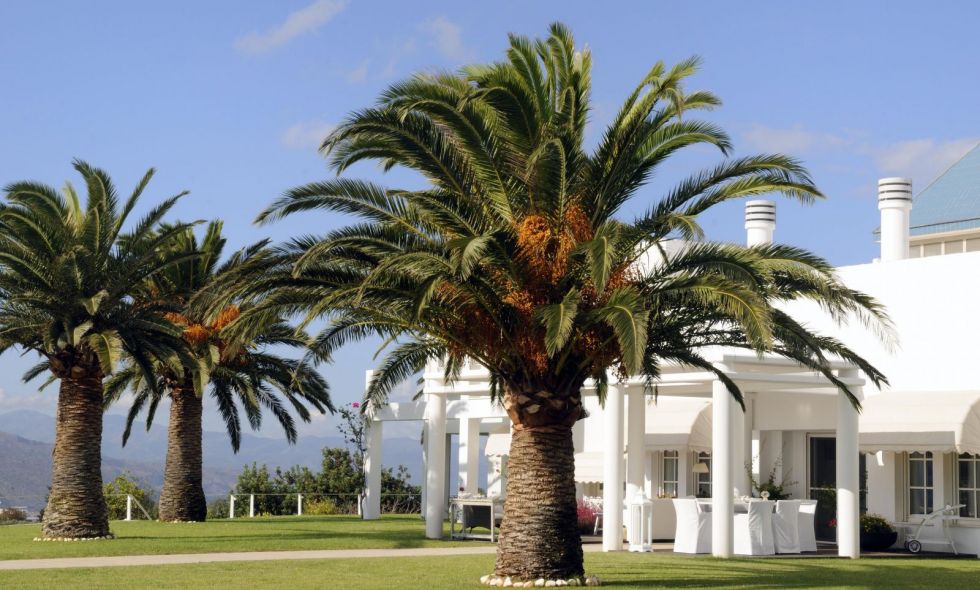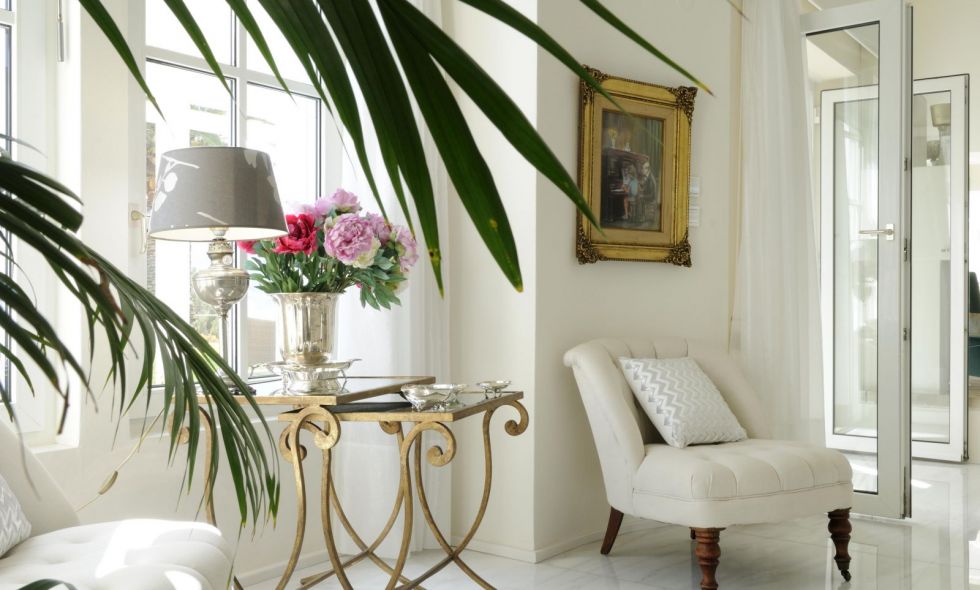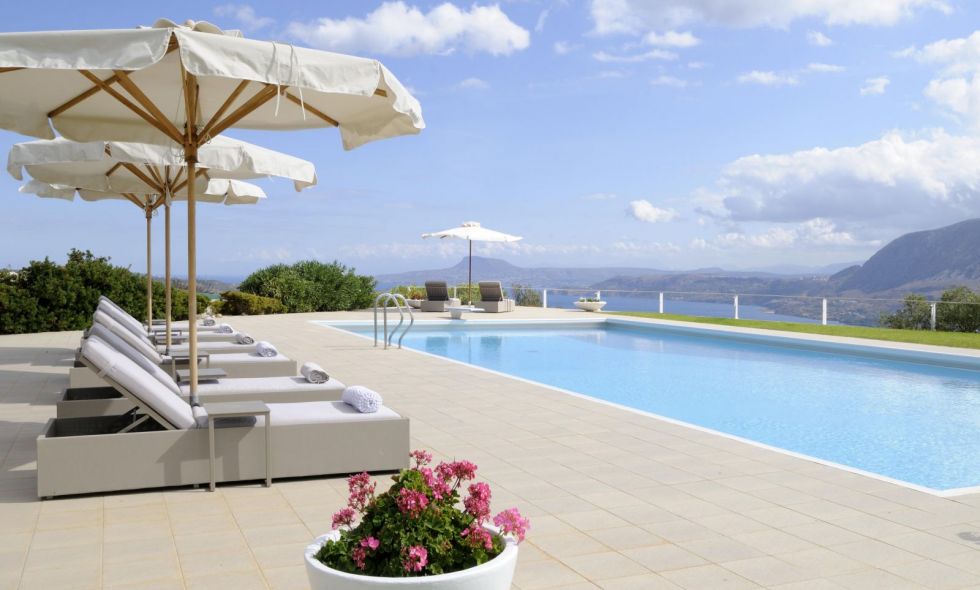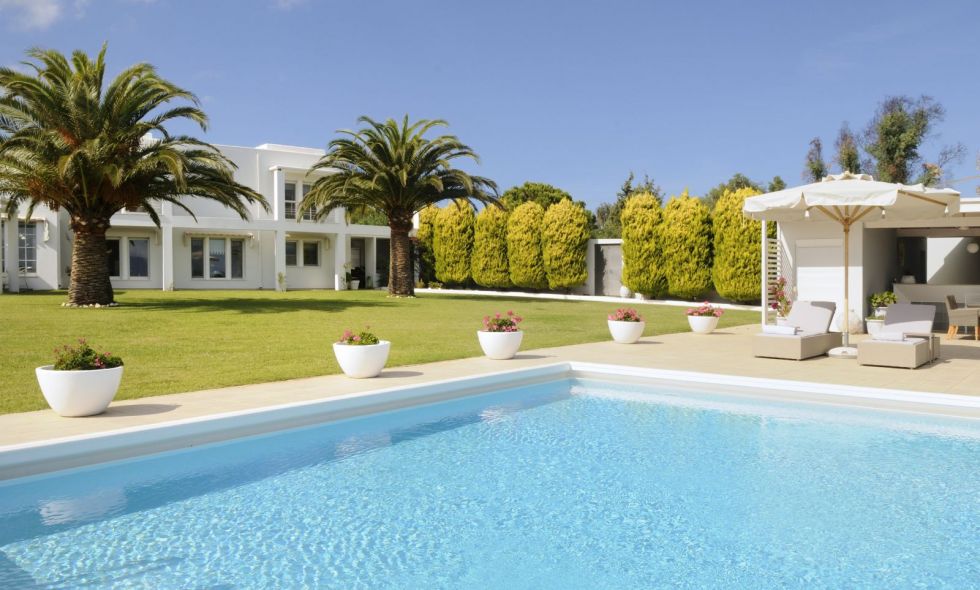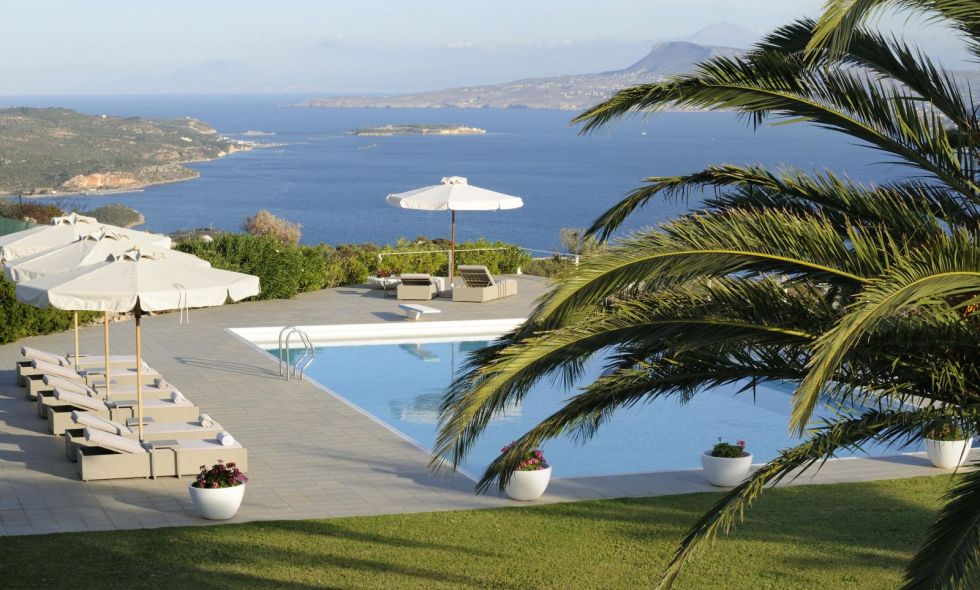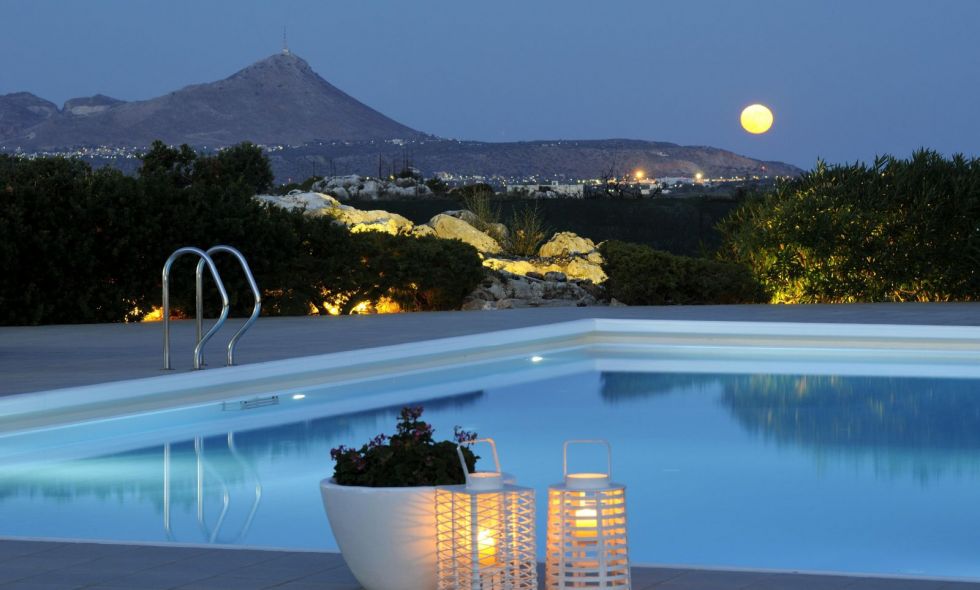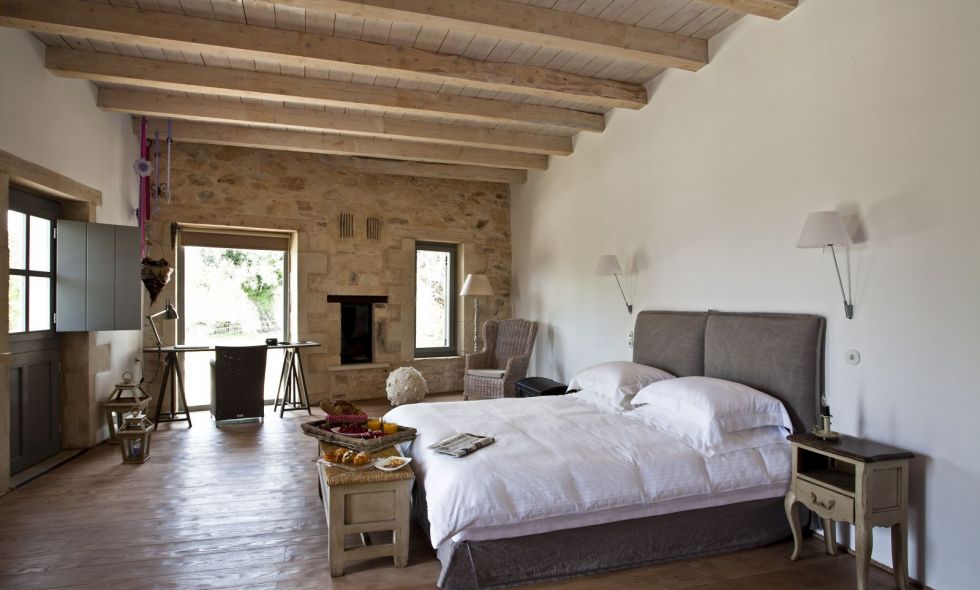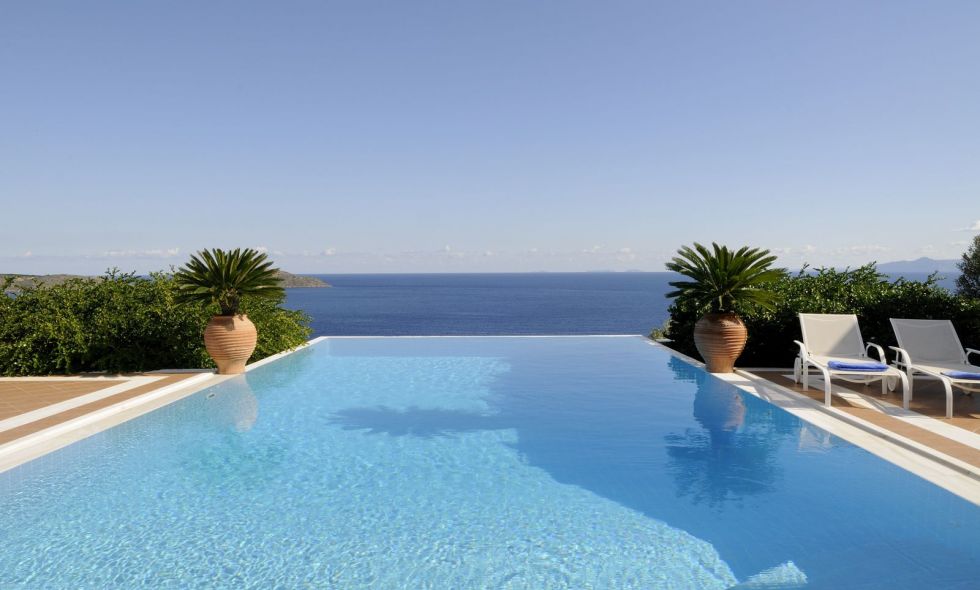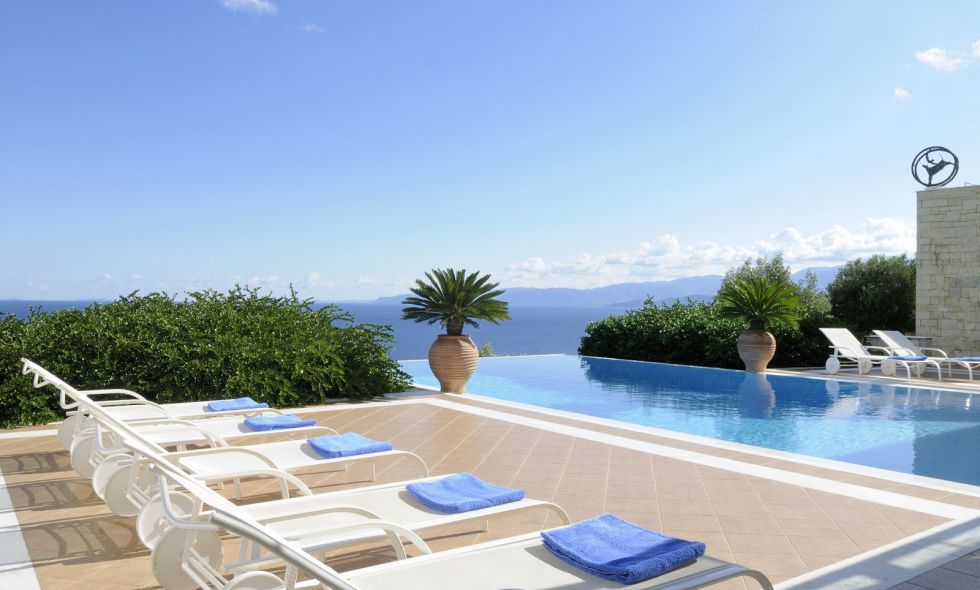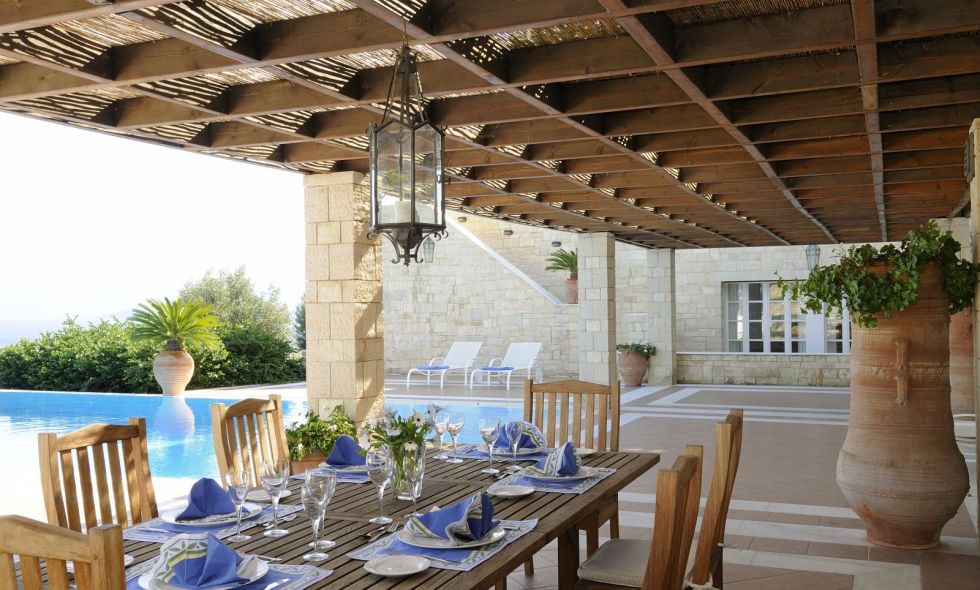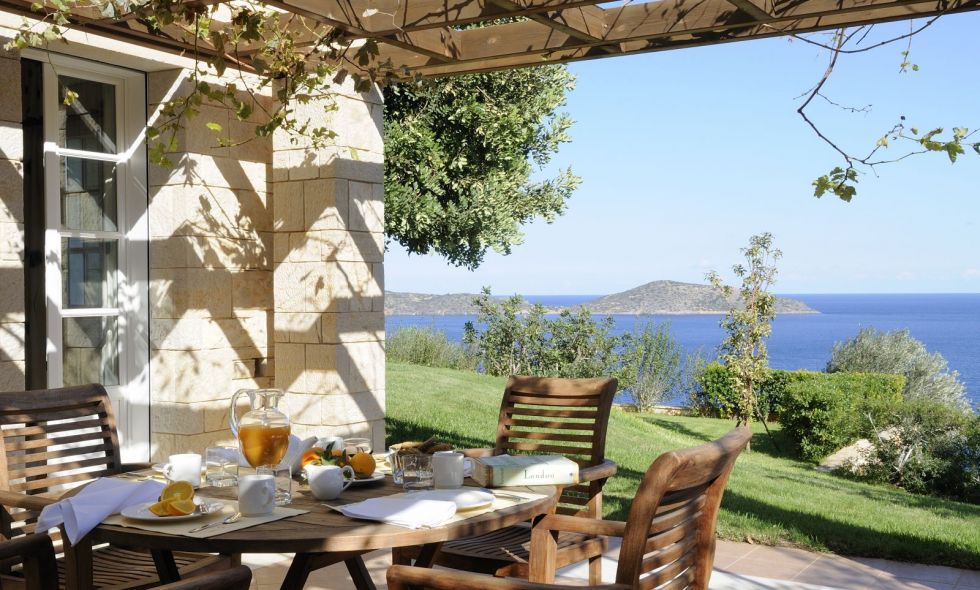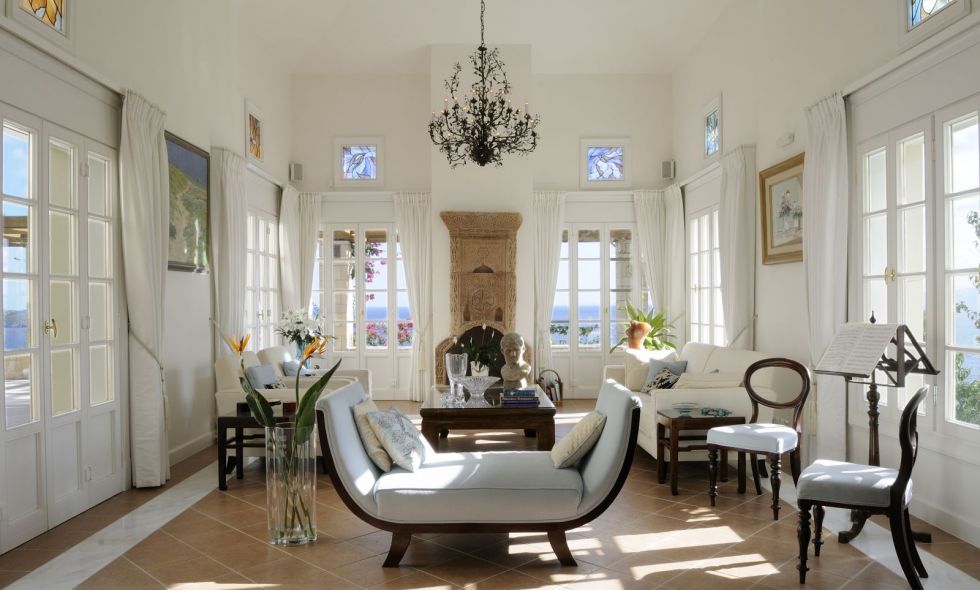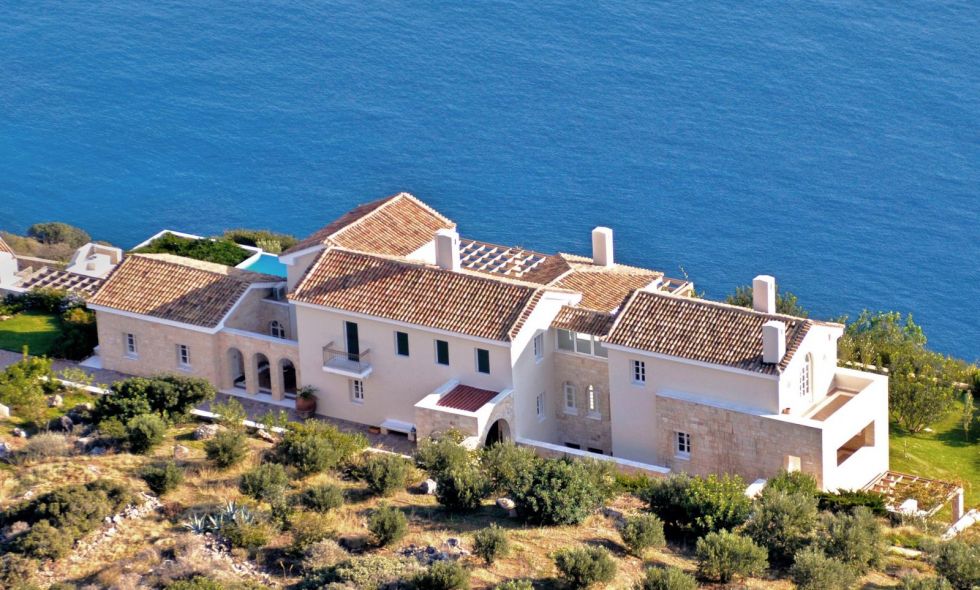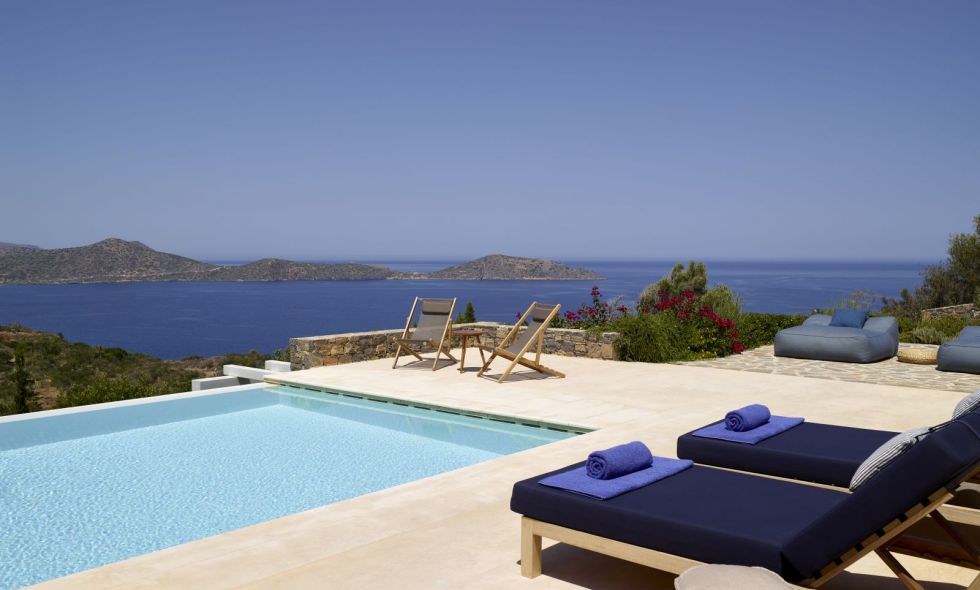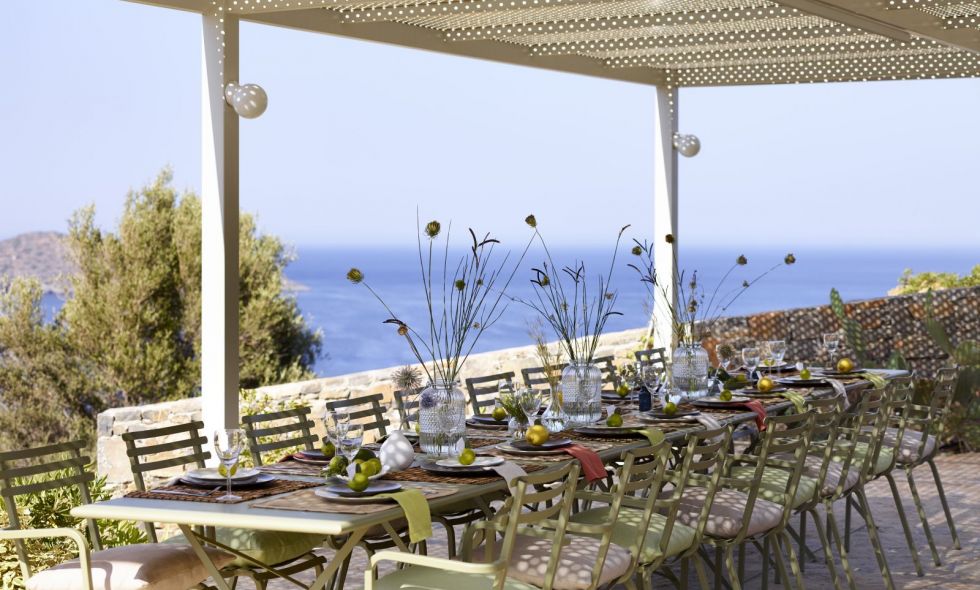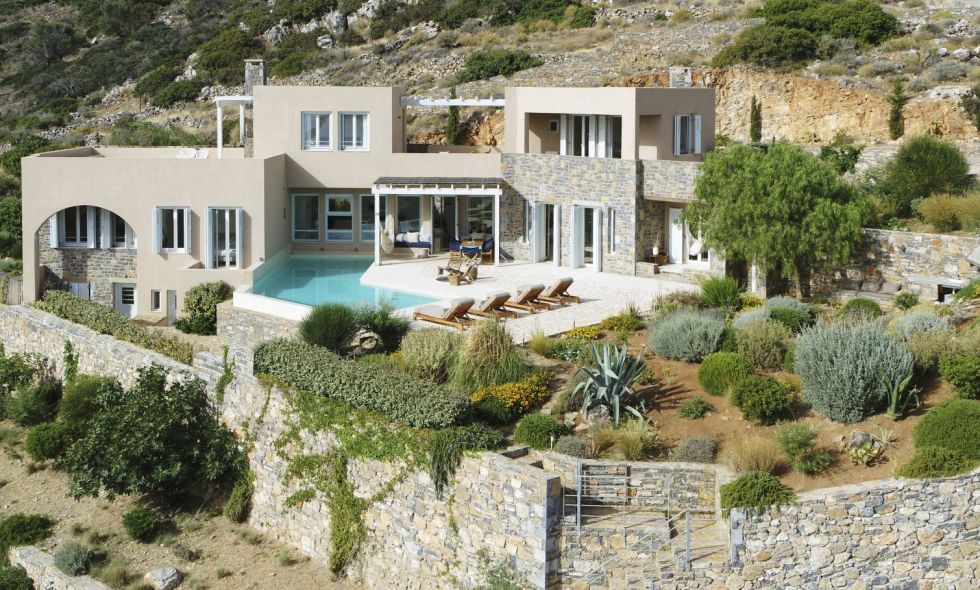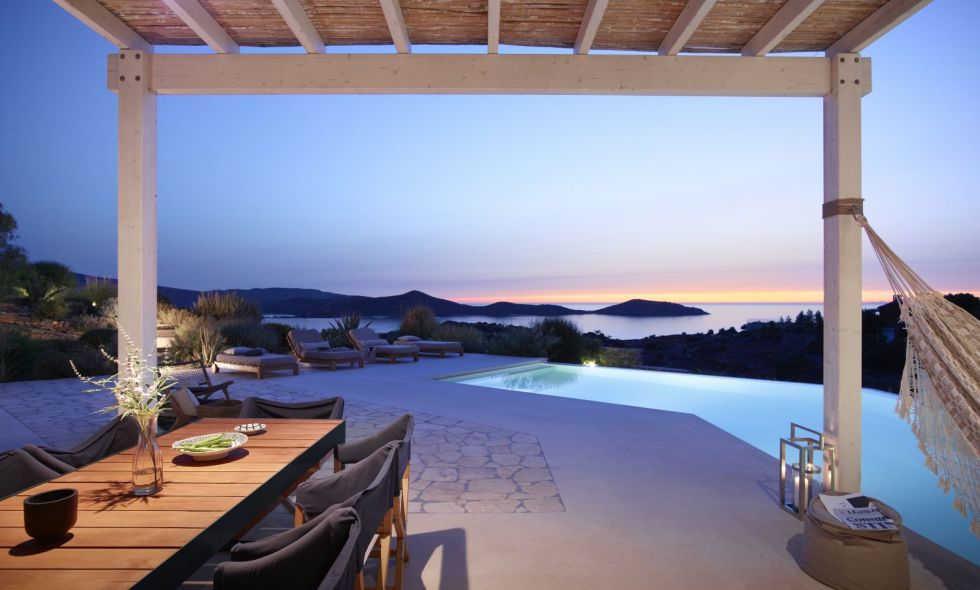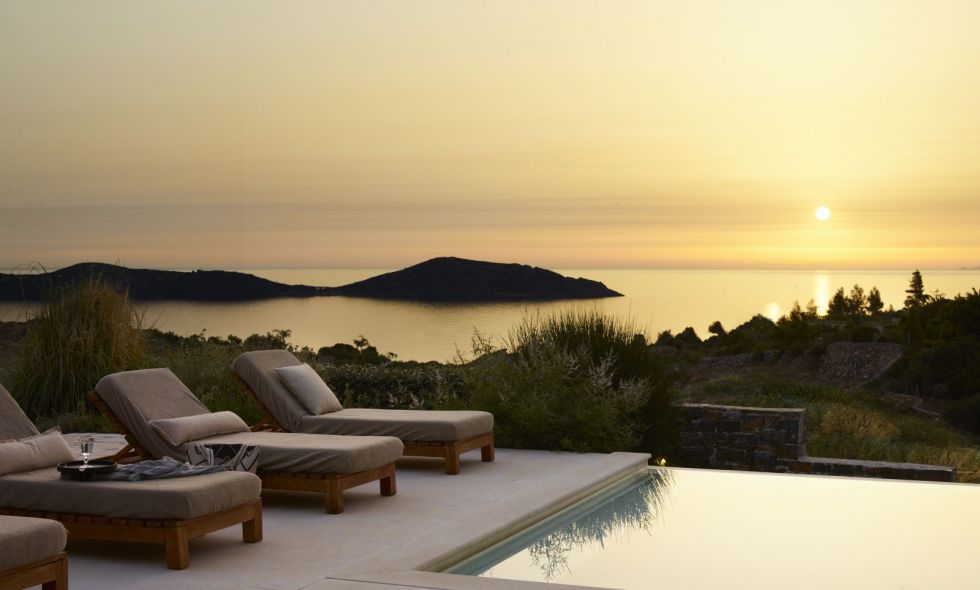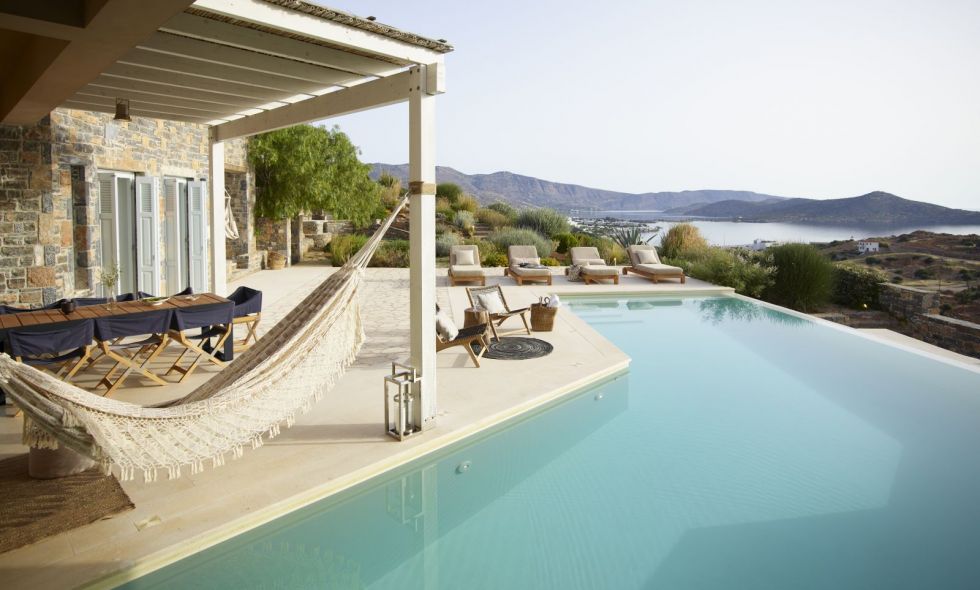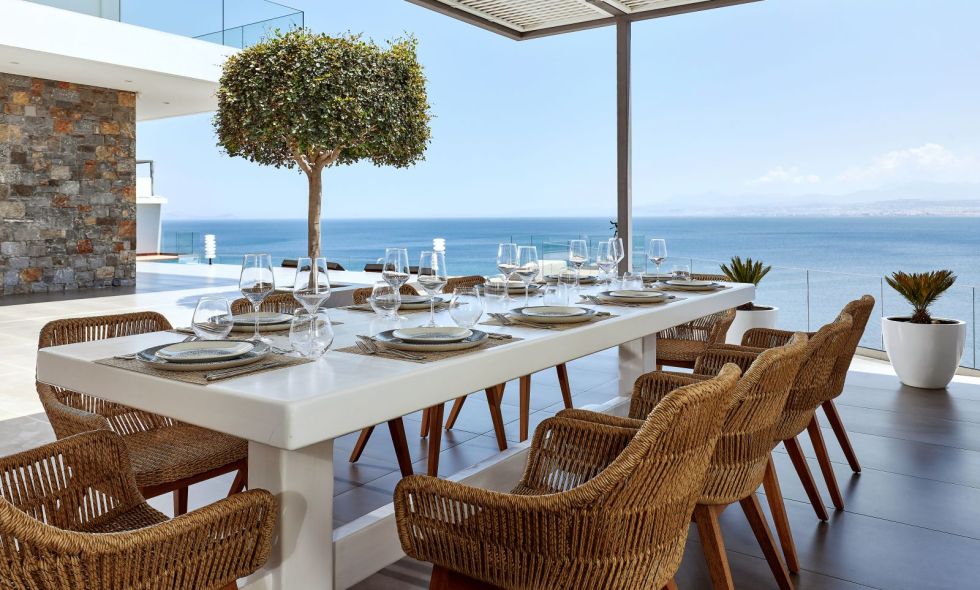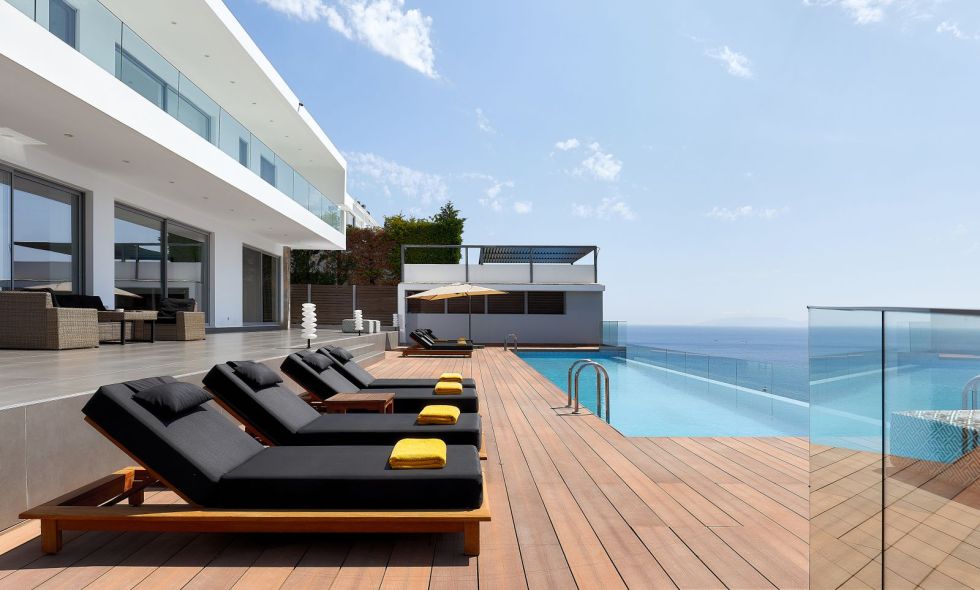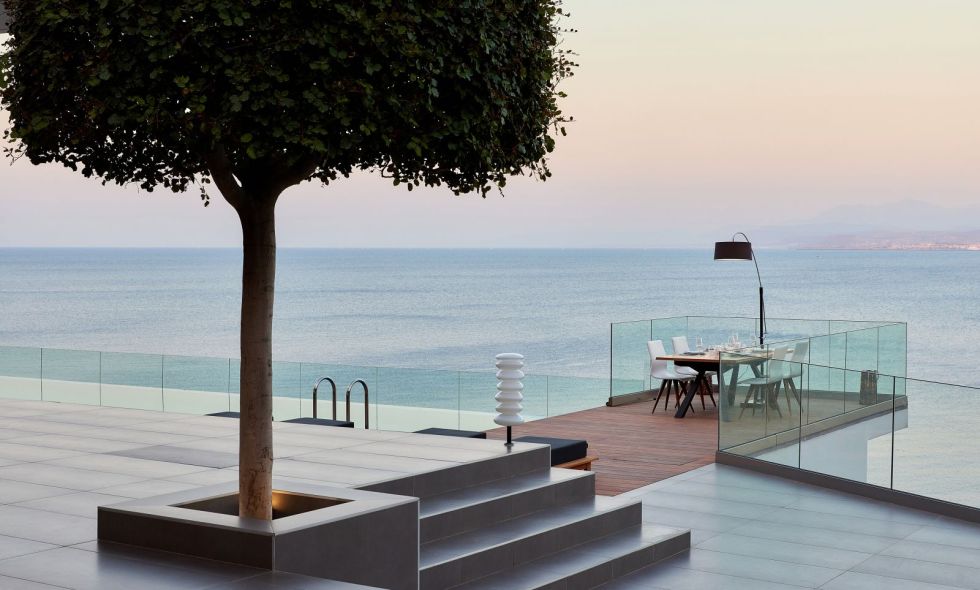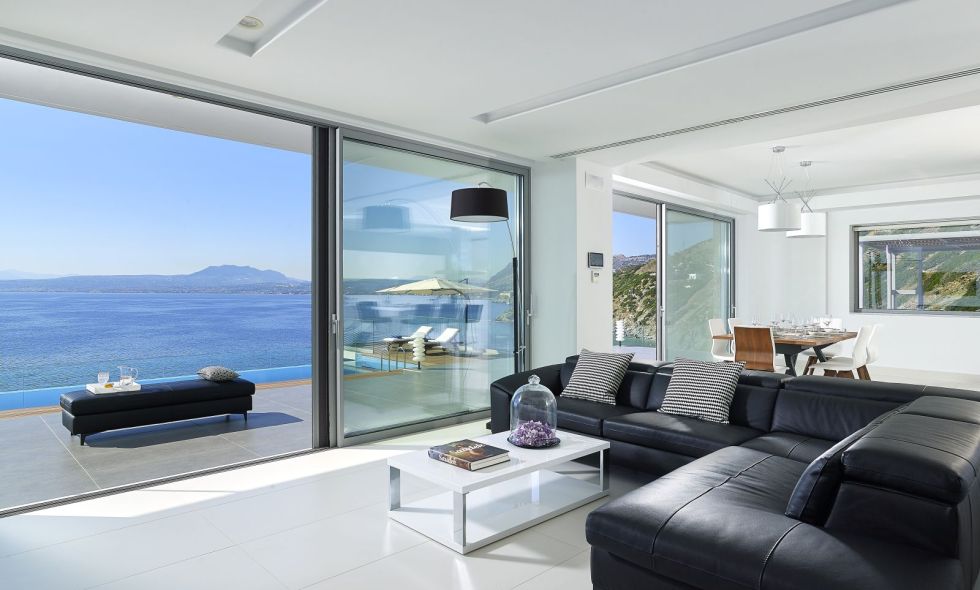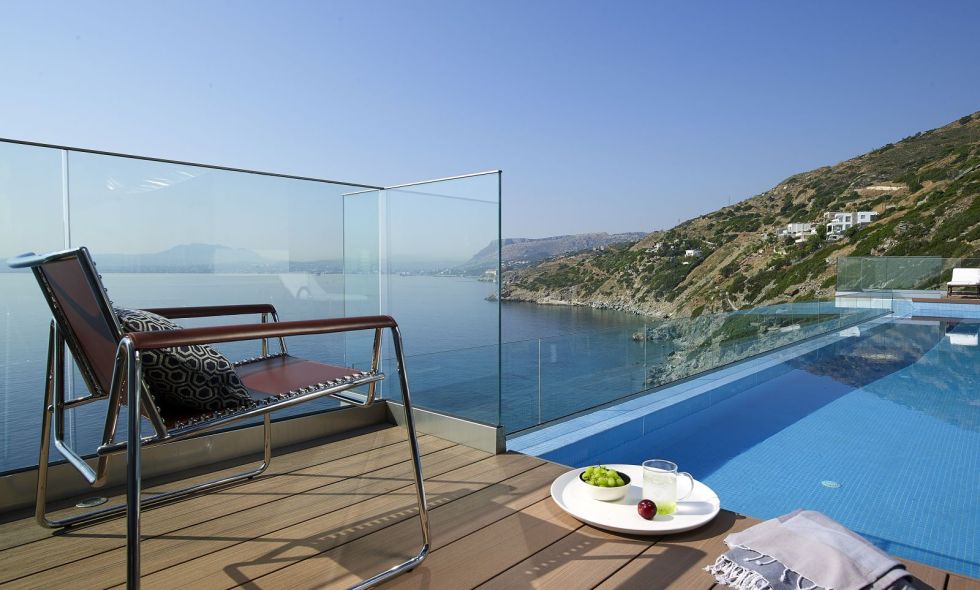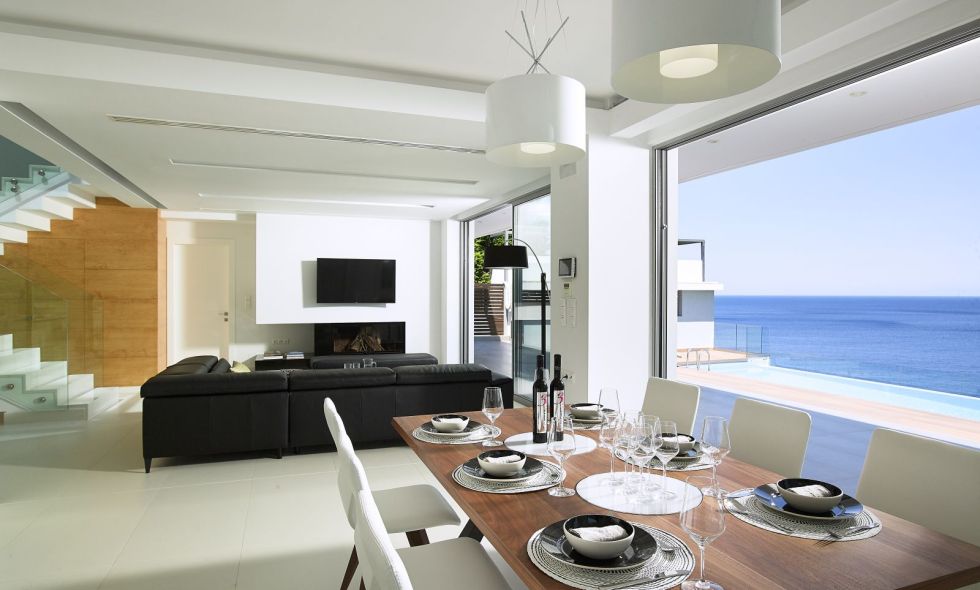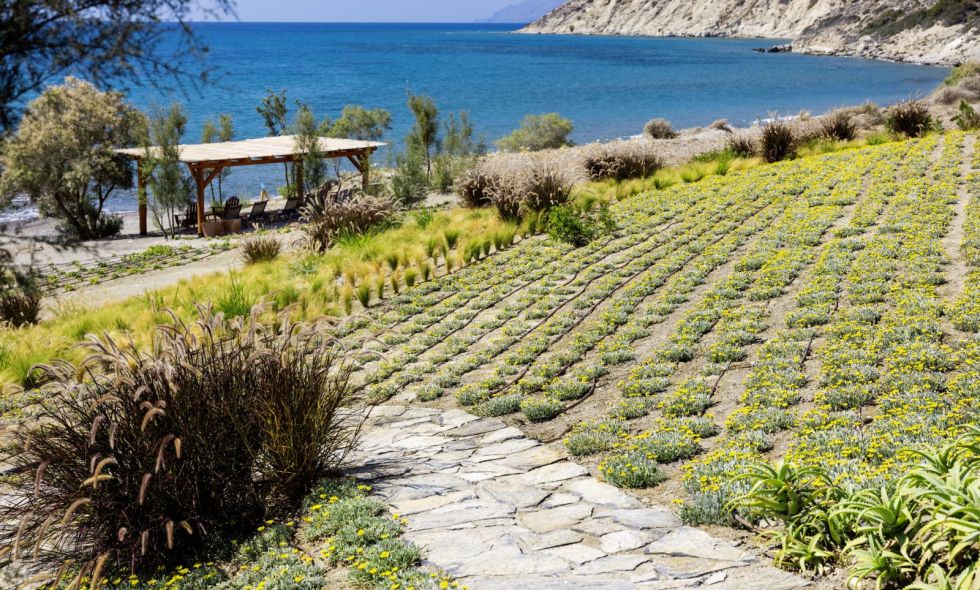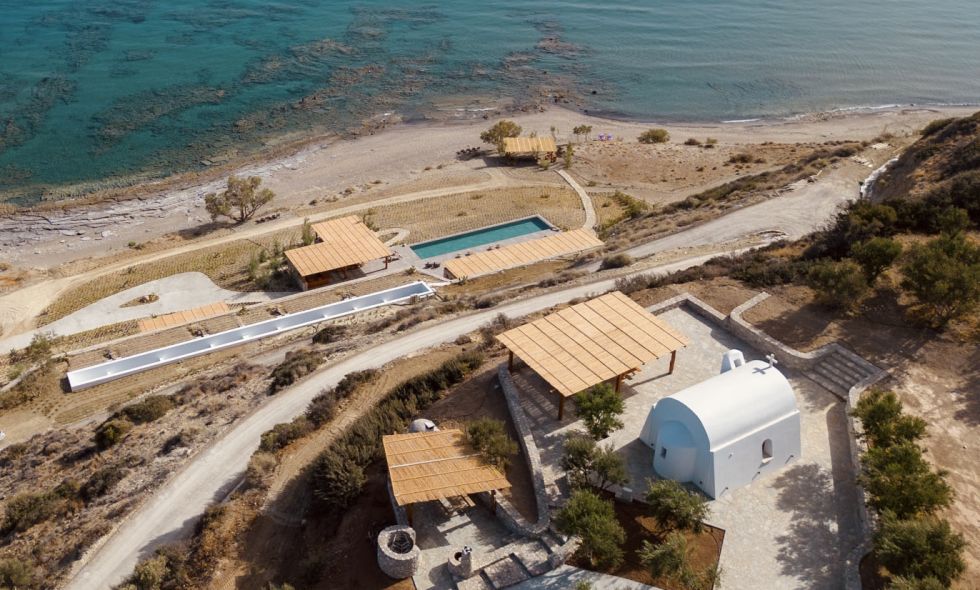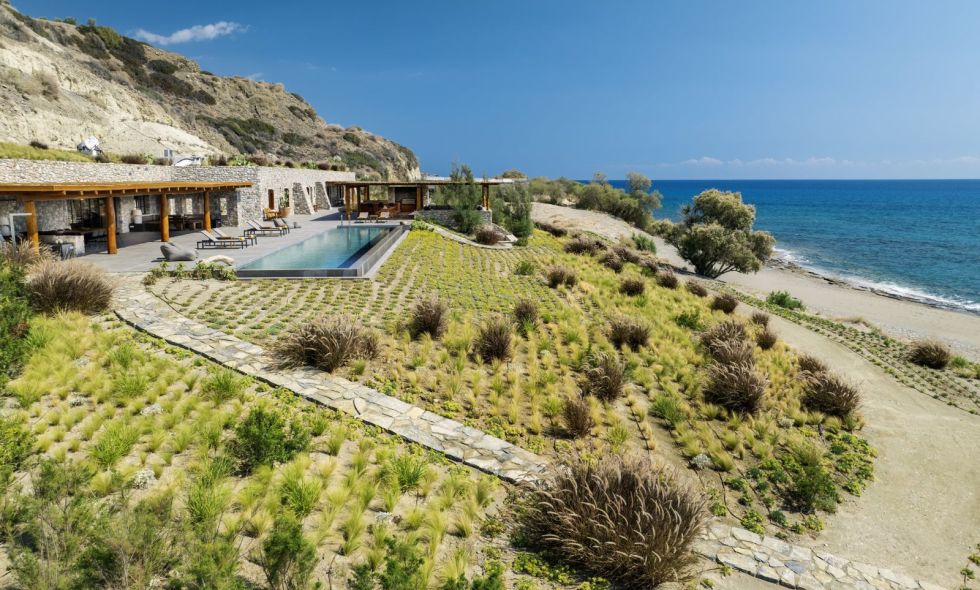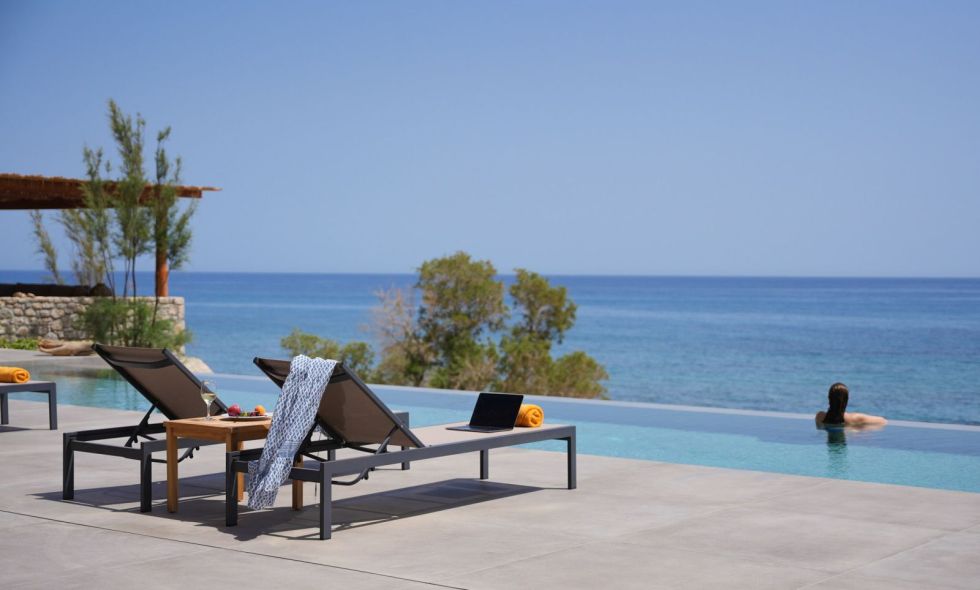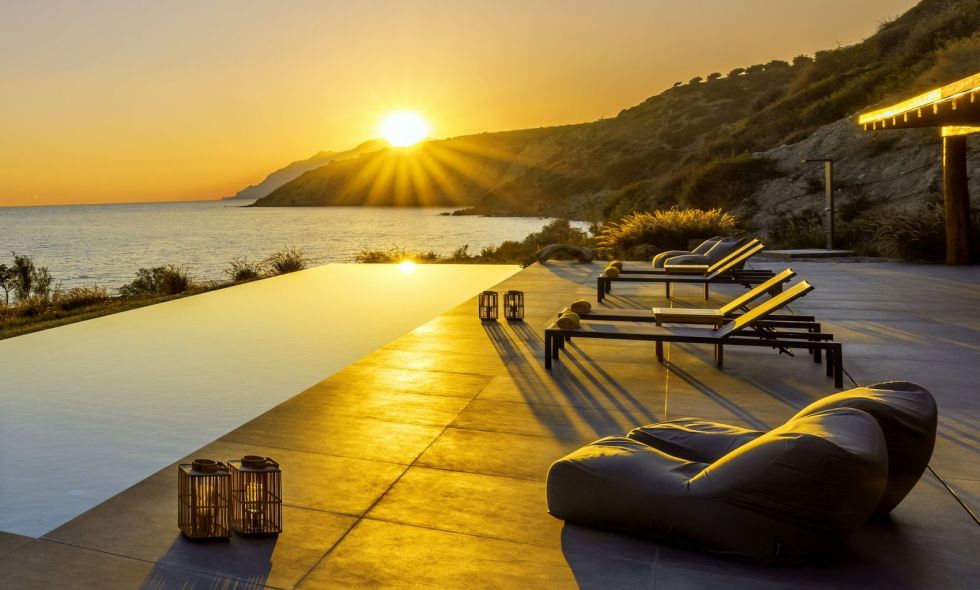Crete is more than just one of the Greek islands – the sheer size, the unique history, the range of climate and geography, flora and fauna, the highly individual nature of the people, the dialect, traditions and customs, mean that it is really more like a country on its own. By necessity, this little portrait only skims superficially over the surface.
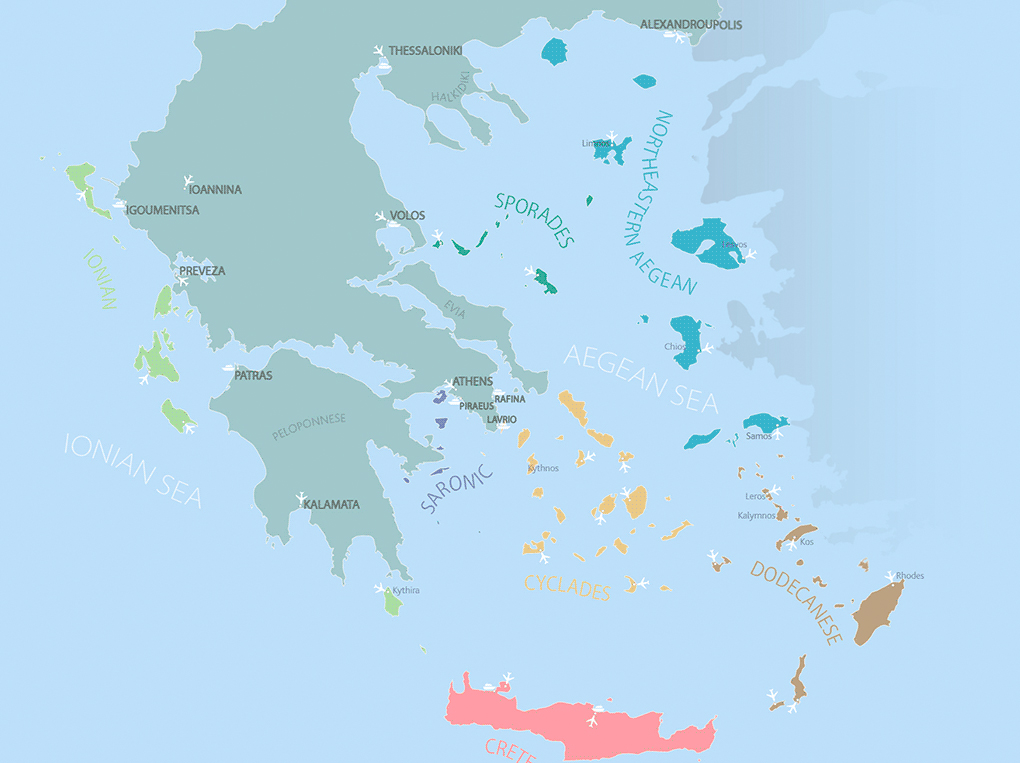
View Map
Crete Portrait
Crete is many things – the southernmost tip of Europe, the fifth largest island in the Mediterranean, the last part of Greece to throw off the Ottoman yoke. It has been fought over by Arabs, pirates, the Romans, Venetians and Ottomans, and housed the most valiant resistance fighters in the war. It’s the birthplace of Zeus, the home of the Erotocritos – the greatest Greek epic poem since the Odyssey – of Europe’s most ancient script and oldest civilisation, and boasts one of the longest living people in Europe. It’s the island of King Minos and the palace of Knossos, the island of bull-dancing, double headed axes and labyrinths, of Daedalus and Icarus, of Theseus and the Minotaur. A treasure chest of folklore and heritage, Crete houses Byzantine monasteries and Minoan tombs, El Greco and the Cretan School of Icon painting, (as the last corner of Christianity at the time the rest of the Byzantine Empire had fallen to the Muslim Turks, the last icon painters all gathered here – fleeing north to the Ionian islands and thence, like El Greco, to Venice once Crete fell too).
Theodorakis, Kazantzakis and Zorba are Cretan (as are most Greeks whose name end with -akis), so are the villages where women still wear the black headscarves and long skirts of past times, where farming continues as it has done for a thousand years. Crete is special, a treasure chest of heritage and the past. Conscious of its separate identity, dialect, diet, customs and history, in Crete, mass tourism co-exists with traditions that have long since died out elsewhere.
Crete not only has almost 5,000 years of history, but is also a country in itself. It takes over six hours to drive from one end to the other. However, every minute is worth the trip. The Venetian Rethymnon, the Gorge of Samaria, the town of Chania, the White Mountains are all really worth exploring.
BEST FOR
Unspoiled mountain villages, hospitable and proud Cretans, a wealth of historical monuments and sites of interest, great scenery, easy combination with Santorini and Mykonos. Beautiful canyons, waterfalls and valleys all embraced by the warming winter sun.
WORST FOR
Long drives and large distances between sights, package tour invasion of most of the beaches and the accompanying tat.
WOULD SUIT
Those who get bored on beaches and need lots to do, who want to explore an island rich in culture and heritage, those wanting five-star hotels and their spas and restaurants nearby, historians, art-historians, foodies. Ideal for those wanting to see the major sights of Greece before heading off to smaller, picturesque, more typically Greek islands. Best suited for adventure seekers and for those who like to explore extensively. Its natural beauty, from sea level to mountaintops, is only surpassed by the wide range of cultural and leisure activities it offers, all year long.
WOULD NOT SUIT
Those looking for a small island that they can adopt as their own, with tiny gem-like fishing villages, hip island chic, pretty pebble coves and secluded sandy beaches, or those in search of the quintessential Greek island experience.
DON’T MISS
Well, yes, Knossos of course and the wonderful Archaeological Museum at Chania and Heraklion, but here are some other tips.
Heraklion:
By far the most popular region of the island, it is also home to two of Crete’s most significant historical landmarks, the Knossos and Phaistos Palaces. Even though it is one of Crete’s main hubs, Heraklion also maintains strong elements of history and tradition. Its old port was the cradle of the Minoan civilization. Strolling around the town, Crete’s Venetian past also becomes evident through the numerous Venetian fountains, decorations and buildings. Most notably, the Venetian Loggia, a remarkable building built by one the Dukes of Venice, dates back to 1628. For those looking to escape the urban setting, the northern beaches of Agia Pelagia and Malia are only a short drive away from downtown.
Gulf of Mirabello area: Spinalonga & Plaka
For centuries Spinalonga was an inland fortress, then a leper colony in the first half of the 20th century. A beautiful and moving experience. Take a swim in the startling blue waters off the island, and then have lunch on the beach at Ostria (try the giant Cretan snails – in season till the first of the autumn rains) or at Giorgos Taverna, in the pretty village of Plaka from where boats leave to Spinalonga.
Lassithi:
Take a leisurely and panoramic drive up the mountains to the charming villages of the Lassithi Plateau, and Zeus’ birthplace; the Diktean Cave.
Aghios Nikolaos:
The picturesque and once elegant fishing port with its lively waterfront. Rent a boat and visit the magical isles of Chrissi and Elafonissi.
Sitia Area:
The birthplace of Vincenzo Kornaros, the 17th century author of the famous Cretan ballad – the Erotokritos – you may still hear folk singers today performing bits of it. A Venetian fortress still remains. The Monastery of Toplou and the Minoan remains of Zakros are nearby too.
Milatos:
A great short walk-through mountains to the Milatos Cave and in the village some lovely fish restaurants on the sea where you can also swim. The important archaeological site of the Palace of Malia is en route.
Gournia:
On the way to Sitia is a famous Minoan site. As they close at 3pm it’s best to go at midday and then carry on the same road for a few minutes to Pachia Ammos for lunch. If you are happy to drive an extra half hour on the same road to Sitia, go to lunch in Mochlos (sometimes spelled Mohos) which is a cute village with a variety of very good tavernas overlooking the charming fishing harbour. Try Taverna Bogazi run by Manolis and Gabby which is on the far left when facing the sea or the taverna next to it – both have very good food.
Lato:
Lato is the closest antiquity to Elounda. The lovely ruins of the important Dorian town by that name date from 1000 years or so BC and the mountain and sea views are spectacular. En route there is both the church of Panagia Kera with magnificent old frescoes and across the street a very good Greek restaurant called Paradise. You can take in both sights in a morning (or spend more time at just one, both close at 3pm) and stop for lunch at the tavern.
Samaria Gorge:
Situated at the heart of the White Mountains National Park, the 16 km-long Samaria Gorge is the longest canyon in Europe. Within it, there are 450 protected species of plants and animals, 70 of which are endemic to Crete. Trekking the canyon in its entirety normally takes 6 to 8 hours but is well worth the effort. At the end, the coastal village of Ayia Rouméli awaits, along with delicious food from various local taverns and the most stunning views of the southern Mediterranean.
The Botanical Park and Gardens of Crete about an hour from Chania.
Rethymnon:
A very pretty seaside town to wander around
Chania:
A fabulously picturesque port with layers of history from Minoan through Byzantine, Frankish, Venetian and Ottoman – the 18th Century Venetian warehouses that line the waterfront are interrupted by a Turkish Mosque and minaret, while the spanking new Archeological Museum of Chania is worth a special visit just to see the glories displayed in cutting edge modernity
Boat trip (or drive and hike) from Chania to the spectacular creek of Seitan Limani
Visit Loutro, the seaside village on the southern coast of Crete, nestled between rugged mountains and the crystal-clear waters of the Libyan Sea. Accessible only by boat or on foot
Reading the Minoan novels of Mary Renault, The King Must Die and The Bull From The Sea -someone please reprint! More recently, Victoria Hislop’s The Island is set in Spinalonga.
ACTIVITIES
Water sports in Plaka, Elounda, Ammoudara and Hersonissos in Heraklion (jetskis, kite-surfing), boat hire for trips to Spinalonga and visiting other beaches and small islands, a nine-hole par 3 golf course (Porto Elounda Golf Club) and Crete Golf Gouves, horse-riding. Winter activities on the mountains include gorge hiking, mountaineering, climbing, mountain biking and kayaking. Even skiing is possible at the island’s tallest mountain, Psiloritis. Off the mountains, food, wine and olive oil tastings are available in traditional Cretan villages where pottery classes on how to make a Cretan pot are also offered. Finally, boat rentals, snorkeling tours, water sports, and archaeological site visits are also available during the winter.
HIGH SEASON
Twenty percent of all charter flights to Greece pass through Heraklion airport which could probably deal comfortably with about two percent! Take a valium, arrive late at the airport and leave it to the harassed check-in girls to get you to the gate in time. Even better, ask us to arrange a private jet.
Knossos and Spinalonga are major tourist attractions, expect crowds in August. Avoid Malia!
If you can’t face the airport, there are high-speed hydrofoils that link Crete, Santorini, Mykonos and Paros.
LOW SEASON
Seas stay warmer, skies clearer and sun hotter here for longer than the rest of Greece – for late or early sun from October to April, this is the best bet. Snow may cap the mountains but there are wonderful flowers – 1,500 types indigenous to the island – birds and walks. This is the time to visit Knossos and the Diktean Cave.
WINTER SEASON
Crete is an underrated, exotic winter travel destination and a true Mediterranean gem that maintains its natural beauty throughout the seasons. Its varied landscape allows for a wide range of winter activities. For those looking to break the boundaries of a traditional Greek island holiday, Crete, with its diverse beauty and cultural wealth, is worth considering.
In the winter, the pristine coasts and beaches are empty. From the picturesque lagoon of Balos that puts Bali’s Uluwatu to shame and the pink sand Elafonissi Beach, also known as the Greek Caribbean, to the jaw-dropping turquoise beauty of Seitan Limania, Cretan beaches are bound to impress. While those are often ridiculously overcrowded, during the winter season, they could be your very own private beach.
Crete is ideal for hinterland excursions during the winter. Rivers are filled and the magnificent waterfalls of Milona and Boutsinas are fully running once again. One can enjoy activities like hiking, climbing, mountain biking and kayaking all sweat-free yet still under the warming winter sun.
Water sports are also a great option in the winter season. Those who like surfing are in luck as the waves at Falassarna Beach can reach up to 3 meters in height.
For the thrill seekers, alpine skiing, snow-climbing, and snow-kite are also great options to look for on the Cretan mountains, mainly on Psiloritis. And what a great way to rest and warm up by stopping at a local winery for wine tasting, or at a rakokazana (a traditional raki distillery) to taste the most famous Cretan liquor.
For those looking to explore the rich cultural history of Crete, winter is an ideal time. Unlike the summer, there are no queues at all of the major archaeological sites. The summertime chaos of struggling to listen to your guide while squeezing through an endless crowd will not be problem.
We do not show villa details on our site to protect the exclusivity of our owners’ properties. We offer a unique personal service to locate the perfect villa or yacht for you – to see villa details and get our expert guidance and insight please get in touch.
Our Villas in Crete
Read about our villasThe newer, upmarket villa scene in Crete takes into account the harsh beauty of the landscape and the close ties to agriculture and nature. To get away from the legacy of poor development down on the more accessible coastal areas, the new villas are built like eagle's nests high above rough beaches, in remote areas, in the hills, and follow modern aesthetics of glass, stone and straight lines. Waterfront villas are hard to find, and tend to be older ones which managed to get pole position decades ago. We have chosen the larger ones that can accommodate large groups wanting a certain amount of self-sufficiency and lots of activities.

